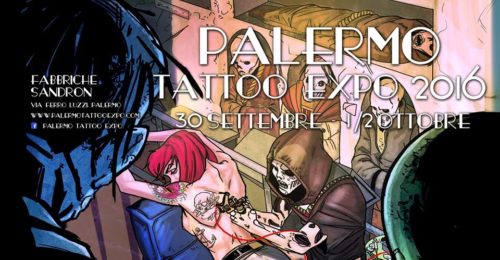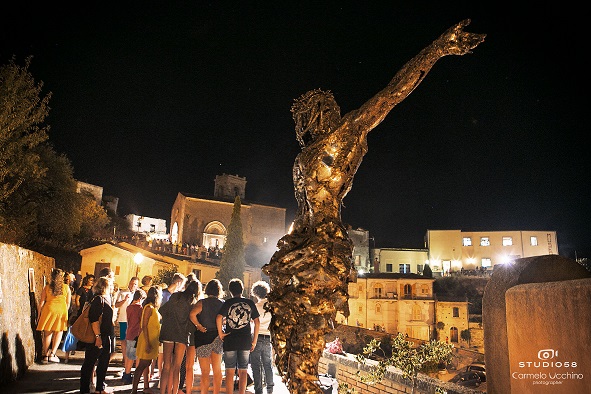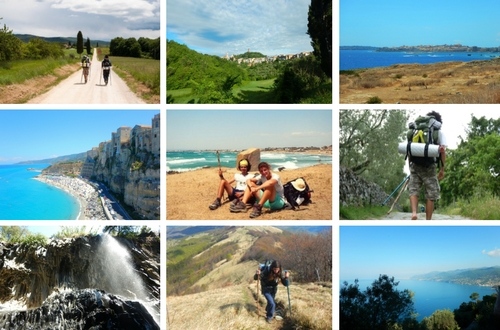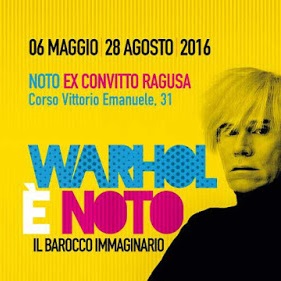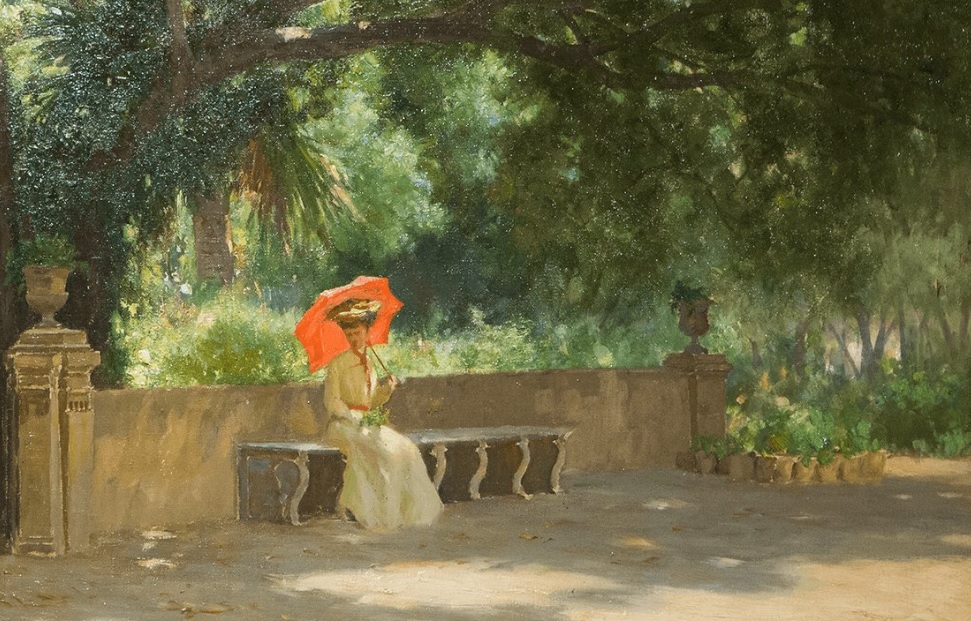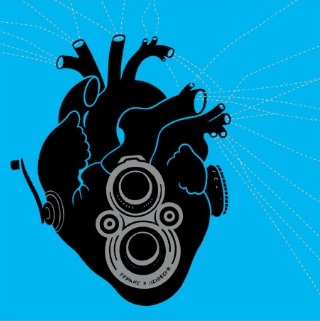[:it]Se vi dicessimo che tra pochi mesi nei vostri negozi preferiti potrete acquistare capi d’abbigliamento fatti di agrumi ci credereste?
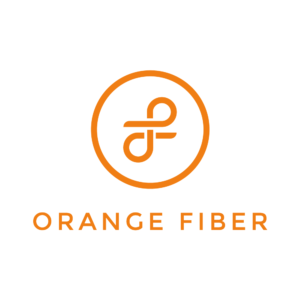 Ebbene sì, è proprio Orange Fiber il primo tessuto sostenibile creato utilizzando i sottoprodotti dell’industria agrumicola. Un progetto made in sud, nato quasi per caso grazie ad una foto apparsa sui social network che ritraeva un campo di agrumi abbandonato che spinge una giovane siciliana, appassionata tanto del mondo della moda e dei tessuti sostenibili quanto innamorata della sua Terra, ad avere questa entusiasmante idea “green”.
Ebbene sì, è proprio Orange Fiber il primo tessuto sostenibile creato utilizzando i sottoprodotti dell’industria agrumicola. Un progetto made in sud, nato quasi per caso grazie ad una foto apparsa sui social network che ritraeva un campo di agrumi abbandonato che spinge una giovane siciliana, appassionata tanto del mondo della moda e dei tessuti sostenibili quanto innamorata della sua Terra, ad avere questa entusiasmante idea “green”.
Puntando ad una produzione green, alla trasparenza e al completo rispetto dell’ambiente Orange Fiber si appresta ad essere il first mover del settore nel contesto italiano.
Per saperne di più su questa entusiasmante creazione abbiamo intervistato Adriana Santanocito, ideatrice del progetto ed Enrica Arena.
Cos’è Orange Fiber e quali le sue principali caratteristiche?
Risponde Adriana Santanocito – “Orange Fiber è il primo tessuto al mondo creato dagli agrumi”.
Esso viene realizzato a partire dal “pastazzo” d’agrumi, ossia quel residuo umido che resta al termine della produzione industriale di succo di agrumi e che ad oggi deve essere smaltito con importanti costi per l’ambiente e per le industrie di produzione.
Grazie all’innovativo processo brevettato, siamo in grado di sfruttare le potenzialità del pastazzo per l’estrazione della cellulosa d’agrumi atta alla filatura, trasformando questo scarto in un nuovo materiale capace di rispondere alle esigenze di sostenibilità ed innovazione del comparto tessile-abbigliamento e al bisogno dei consumatori di moda di avere accesso a prodotti capaci di coniugare etica ed estetica.
Le varianti di tessuto finora prodotte comprendono un raso e un popeline – ottenuti tessuto il nostro esclusivo filato insieme alla seta comasca e all cotone – e un twill 100% Orange Fiber, impalpabile e leggero, simile alla viscosa.
Per le produzioni future abbiamo messo a punto una serie di processi che ci consentono di produrre varie tipologie di tessuti, dai più str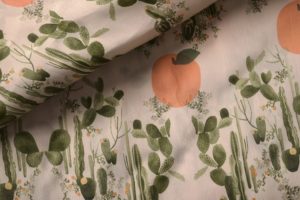 utturati ai più delicati, in modo da soddisfare tutte le esigenze di creazione dei brand di moda.
utturati ai più delicati, in modo da soddisfare tutte le esigenze di creazione dei brand di moda.
Come e quando è nata l’idea di creare un tessuto da un prodotto organico come l’arancia? Oggi a che punto siete?
Il sogno di Adriana Santanocito – ideatrice del progetto – è sempre stato quello di portare valore alla propria terra attraverso la creazione di un nuovo materiale per la moda, la sua grande passione.
Nel 2011, nel corso dei suoi studi in Fashion Design e materiali innovativi all’AFOL Moda di Milano, Adriana intercetta il trend dei tessuti sostenibili e decide di approfondire l’argomento nella sua tesi.
Parallelamente, entrando in contatto con i produttori di agrumi, rimane molto colpita dalla sofferenza del settore.
Una foto in particolare, condivisa sui social network da un amico comune, agronomo, che ritraeva un agrumeto abbandonato – ovvero in cui nessuno curava gli alberi né ne avrebbe raccolto i frutti – fa scattare la scintilla: perché non utilizzare gli agrumi per creare un tessuto innovativo e sostenibile capace di dare nuovo slancio al comparto manifatturiero italiano e generare valore per il territorio?
Dalla teoria esposta nella sua tesi, attraverso la collaborazione con il laboratorio di Chimica dei Materiali del Politecnico di Milano, riesce finalmente a provare la fattibilità del processo – per il quale deposita il brevetto italiano, esteso poi in PCT internazionale nel 2014 – ed arrivare alla pratica: creare una fibra dagli agrumi è possibile.
E’ durante lo sviluppo del processo, che scopre l’altra grave questione che affligge il settore agrumicolo siciliano: lo smaltimento dei sottoprodotti della spremitura – ovvero di tutto quello che resta dopo la produzione industriale di succo – che vale circa 1 milione di tonnellate l’anno in Italia – e la cui gestione comporta ingenti costi economici per le industrie di trasformazione e impatta l’ambiente.
A quel tempo condividevamo la stessa casa a Milano, città in cui anche io mi ero trasferita per studiare comunicazione e cooperazione internazionale, immaginando un futuro nell’imprenditoria sociale.
Mi parlò della sua idea e ne rimasi colpita: la sostenibilità e la tutela dell’ambiente ci hanno unite e da quel giorno lavoriamo fianco a fianco ad Orange Fiber, il primo tessuto sostenibile creato a partire dai sottoprodotti dell’industria agrumicola.
Attualmente stiamo lavorando all’ottimizzazione del processo di produzione industriale e alla prima commercializzazione del tessuto.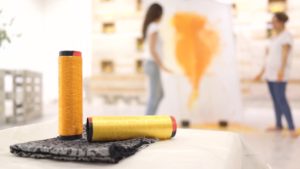
Entro la prima metà del 2017 contiamo di poter presentare al mercato i primi capi realizzati con il nostro esclusivo tessuto dagli agrumi da un brand di moda, che ne sposi i valori etici e dia forma al tessuto mostrandone le potenzialità.
Quanti e quali tipi di riscontri hai avuto del tuo progetto? Un maggiore interesse da aziende italiane o estere?
La nostra Orange Fiber ha suscitato e continua a suscitare molta curiosità e interesse da parte di aziende, brand e imprenditori appartenenti ai settori più disparati, dalla moda al tessile casa, dal packaging all’automotive.
Dal 2014 – anno di fondazione dell’azienda – in particolare, abbiamo raccolto numerose manifestazioni d’interesse da diversi top fashion brand italiani e stranieri, a testimonianza della grande richiesta da parte del comparto moda di nuovi materiali, innovativi e sostenibili del fatto che i nostri prodotti soddisfano le esigenze di innovazione, sostenibilità e qualità richieste dal comparto moda lusso.
Le arance sono l’oro della nostra isola e come tutti sappiamo gran parte di esse non entrano nel mercato e finiscono al macero. Tu hai capito come usare questo oro unendo la tradizione agroalimentare siciliana con la moda. Pensate, che altri progetti possano nascere da questa intuizione?
Note: Ci teniamo a precisare che per produrre i tessuti Orange Fiber non impieghiamo i frutti esclusi dal mercato del fresco e destinati al macero, ma i sottoprodotti agrumicoli, cioè tutto quel che resta al termine della spremitura industriale delle arance per la produzione dei succhi di frutta.
Negli ultimi anni la moda ha vissuto profonde trasformazioni, sia per quanto riguarda i processi produttivi che per la scelta dei materiali, prendendo sempre di più consapevolezza del suo impatto e del bisogno di ripensare i modelli per accontentare i consumatori e il mercato, sempre più attenti alla qualità e alla tutela della salute e dell’ambiente.
Con Orange Fiber intendiamo innanzitutto rispondere a queste nuove richieste offrendo un tessuto elegante e di qualità, capace di unire etica ed estetica e conservare intatte le risorse del pianeta per le generazioni future.
Crediamo che il nostro modello – basato sulla creazione di un nuovo materiale per la moda a partire dagli scarti alimentari – possa essere applicato anche ad altri prodotti alimentari e rappresentare una valida e più sostenibile risposta alla crescente richiesta di cellulosa per uso tessile da parte del mondo della moda – dovuta alla volatilità dei prezzi del cotone e del petrolio – preservando al contempo le risorse del pianeta per le generaz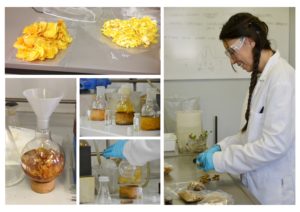 ioni future.
ioni future.
Dove volete che Orange Fiber arrivi tra qualche anno?
Nel medio termine prevediamo di continuare a testare, migliorare e scalare la nostra idea di business, sviluppando ulteriormente il nostro processo sul modello dell’economia circolare e consolidando la nostra presenza nel mercato dei tessuti sostenibili e innovativi.
Con Orange Fiber, infatti, vogliamo diventare il first mover italiano nel segmento dei tessuti sostenibili attraverso una produzione “green” di tessili cellulosici da fonti rinnovabili e creare un marchio tessile altamente riconoscibile e differenziato dagli altri per l’impegno nella tutela dell’ambiente e la trasparenza dell’intera catena di produzione.
SicilyandSicilians nasce con l’obiettivo di promuovere le eccellenze della nostra terra anche grazie alla valorizzazione dei più giovani e nello specifico dell’arte contemporanea delle nuove generazioni. Vuoi dirci la tua? Che consiglio/input vuoi darci?
Apprezziamo molto il progetto di Sicily and Sicilians e crediamo che possa rappresentare un’ottima vetrina per i giovani aspiranti artisti e imprenditori. La nostra esperienza ci insegna che fare rete e mettere a sistema le eccellenze del territorio – come vi proponete di fare – può fare la differenza nello sviluppo del proprio progetto, imprenditoriale o artistico che sia. Grazie al networking è possibile reperire le competenze necessarie a sviluppare la propria idea, acquisire partner affidabili e l’adeguata visibilità per emergere. Avanti così Sicily and Sicilians![:en]If we told you that in a few months in your favorite stores you can buy clothing made of citrus would you believe?
 Well yes, that’s the first Orange Fiber sustainable fabric created using the citrus industry by-products. A project made in the South, born almost by chance thanks to a photo appeared on social networks depicting a field of citrus abandoned that pushes a young Sicilian, passionate both in fashion and sustainable fabrics as in love with his land, to have this “green” exciting idea.
Well yes, that’s the first Orange Fiber sustainable fabric created using the citrus industry by-products. A project made in the South, born almost by chance thanks to a photo appeared on social networks depicting a field of citrus abandoned that pushes a young Sicilian, passionate both in fashion and sustainable fabrics as in love with his land, to have this “green” exciting idea.
By pointing to a green production, transparency and respect for the environment Orange Fiber is going to be the first mover in the sector in the Italian context.
To learn more about this exciting creation we interviewed Adriana Santanocito, creator of the project and Enrica Arena.
What is Orange Fiber and what are its main features?
Responds Adriana Santanocito – “Orange Fiber is the first fabric to the world created by the citrus.”
It is realized from “pastazzo” citrus, namely that damp residue that remains at the end of the industrial production of citrus juice and that today must be disposed of with substantial costs for the environment and for the production industries.
Thanks to the innovative patented process, we are able to exploit the potential of pastazzo for the extraction of cellulose citrus suitable for the spinning, transforming this difference into a new material capable of responding to the needs of sustainability and innovation of the textile and clothing sector and the needs of fashion consumers to have access to products that combine ethics and aesthetics.
The choice of fabrics produced so far include a satin and poplin – tissue obtained our exclusive yarn together with comasca silk and all cotton – and a twill 100% Orange Fiber, impalpable and light, similar to the viscose.
For future productions, we have developed a series of processes that enable us to produce various types of fabrics, from the most structured to the most delicate, in order to meet all the needs of creation of fashion brands.
from the most structured to the most delicate, in order to meet all the needs of creation of fashion brands.
How and when did the idea of creating a fabric of an organic product as an orange? Today in where you stand?
The dream of Adriana Santanocito – creator of the project – has always been to bring value to their land through the creation of a new material for fashion, his great passion.
In 2011, during his studies in Fashion Design and innovative materials all’AFOL Milan Fashion, Adriana intercepts the trend of sustainable fabrics and decides to go into that in his thesis.
At the same time, getting in touch with the producers of citrus, it remains very much affected by the suffering of the industry.
One photo in particular, shared on social networks by a mutual friend, an agronomist, depicting a citrus grove abandoned – in where no one took care of the trees or they would have reaped the rewards – triggers the spark: why not use citrus to create a fabric innovative and sustainable able to give new impetus to the Italian manufacturing sector and generate value for the territory?
From the theory expounded in his thesis, through collaboration with the Laboratory of Chemistry of Materials at the Milan Polytechnic, he is finally able to prove the feasibility of the process – for which deposits the Italian patent, then extended in the international PCT in 2014 – and get to practice: create a fiber from citrus fruits can.
Is during development of the process, it discovers the other serious issue plaguing the Sicilian citrus sector: the disposal of the squeezing-products – that is all that remains after the juice industrial production – that is worth about 1 million tonnes ‘year in Italy – and whose management involves enormous economic costs for the processing industries and impacts the environment.
At that time we shared the same house in Milan, the city where I too had moved to study communication and international cooperation, imagining a future in social business.

He spoke of his idea and I was struck: the sustainability and environmental protection have joined us and since that day we work side by side to Orange Fiber, the first sustainable fabric created from the citrus industry by-products.
We are currently working on optimizing the process of industrial production and the first marketing of the tissue.
Within the first half of 2017 we plan to introduce to the market the first garments made with our exclusive fabric from citrus fruits as a fashion brand, which married ethical values and shapes the fabric showing its potential.
How many and what types of evidence you had of your project? Greater interest from Italian and foreign companies?
Our Orange Fiber has aroused and continues to arouse much curiosity and interest of companies, brands and entrepreneurs belonging to various industries, from fashion to home textiles, from packaging to automotive.
From 2014 – the year the company was founded – in particular, we have collected numerous expressions of interest from several top Italian and foreign fashion brands, which demonstrates the great demand from the fashion industry of new materials, innovative and sustainable the fact that the our products meet the needs of innovation, sustainability and quality required by the luxury fashion sector.
Oranges are the gold of our island and as we all know most of them do not enter the market and end up as pulp. You understand how to use this golden joining the Sicilian agri-food tradition with fashion. Think about that other projects can be born from this insight?
Notes: We would like to clarify that to produce the Orange fiber fabric does not employ the fruit excluded from the fresh market and destined to be destroyed, but the citrus byproducts, that is all that remains at the end of the industrial squeezing oranges for the production of juices fruit.
Fashion has experienced profound changes, both in production processes and for the choice of materials, taking more and more aware of its impact and the need to rethink the models to satisfy the consumers and the market, more and more attention in recent years the quality and the protection of health and environment.
With Fiber Orange intend to firstly meet these new demands by offering an elegant and quality fabric that combines aesthetics and ethics intact and preserve the planet’s resources for future generations.
We believe that our model – based on the creation of a new material for fashion since the food waste – can also be applied to other food products and represent an effective and sustainable response to the growing demand for cellulose for textiles from around the world fashion – due to the volatility of cotton and oil prices – while preserving the planet’s resources for future generation.

Where do you want Orange Fiber arrive in a few years?
In the medium term we expect to continue to test, improve and scale our business idea, further developing our process on the circular economy model and consolidating our presence in the field of sustainable and innovative fabrics market.
With Orange Fiber, in fact, we want to be the first mover in the Italian segment of sustainable fabrics through a “green” production of cellulosic textiles from renewable sources and create a highly recognizable textile brand and differentiated from others for its commitment to environmental protection and the transparency of the entire production chain.
SicilyandSicilians born with the aim to promote the excellence of our land thanks to the enhancement of the youngest and specifically contemporary art of the new generations. Want to tell us yours? What advice / input you give us?
We appreciate the project of Sicily and Sicilians, and we believe it can be an excellent showcase for young aspiring artists and entrepreneurs. Our experience tells us that networking and develop the excellence of the territory system – how do you propose to do – can make a difference in the development of their project, business or artistic it. Thanks to the networking you can find the skills they need to develop their own ideas, acquire reliable partners and adequate visibility to emerge. On like Sicily and Sicilians![:]




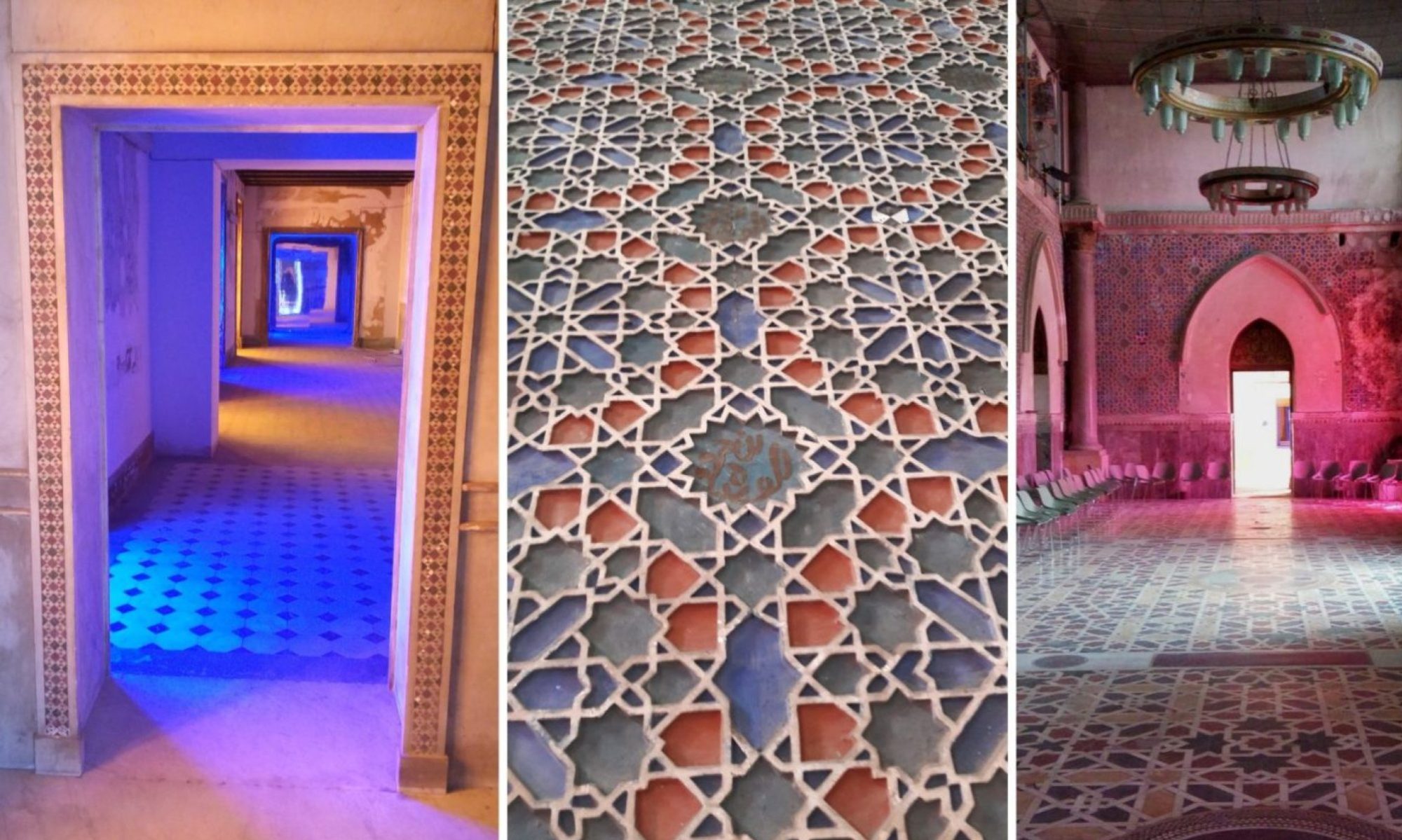
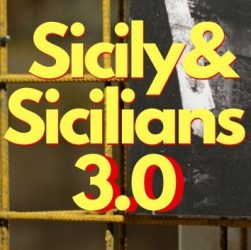

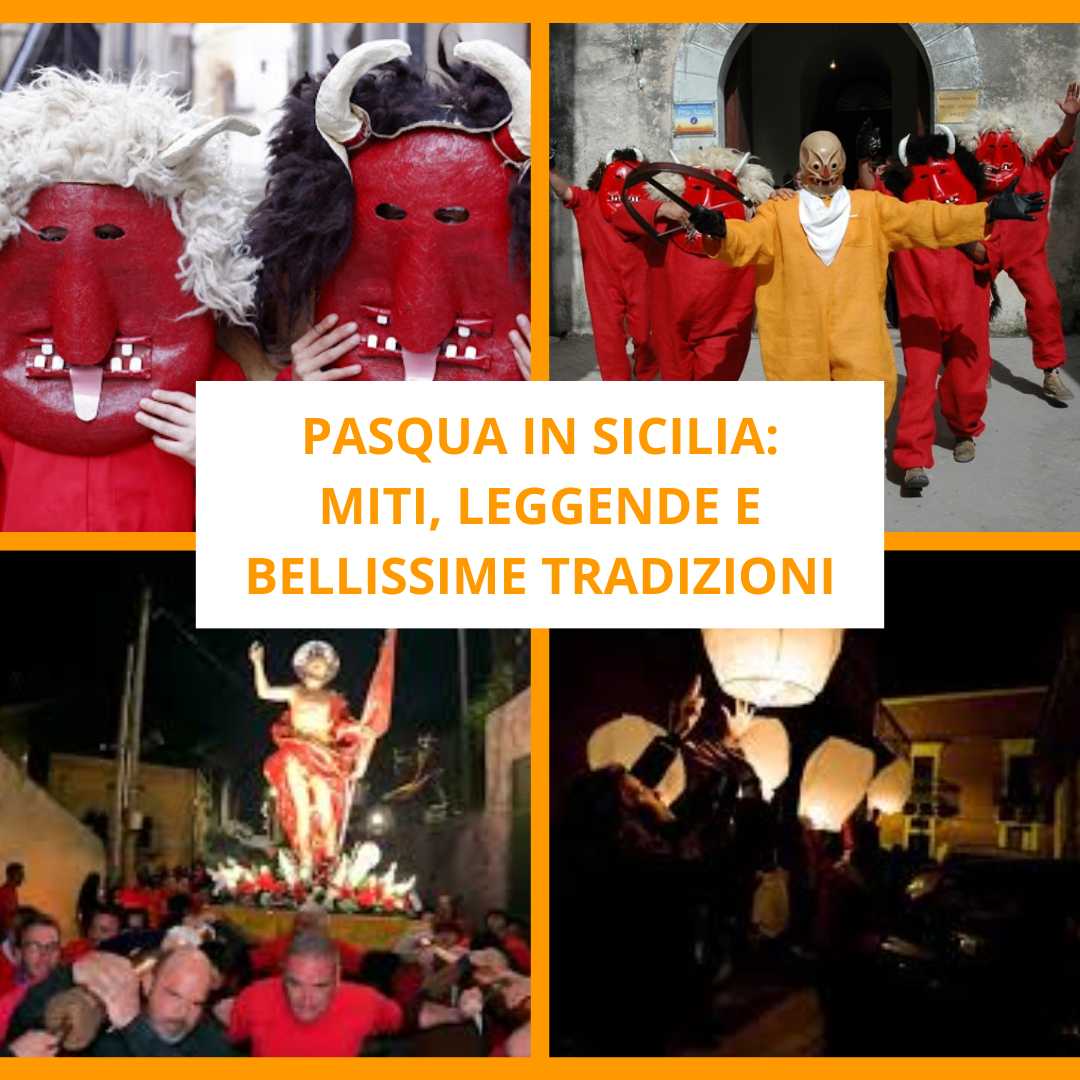
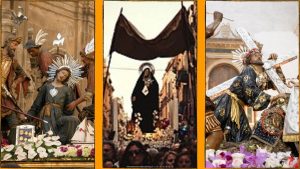

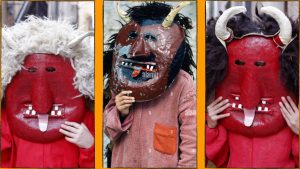
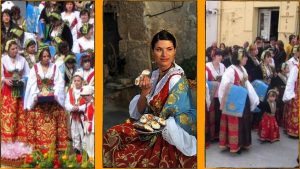



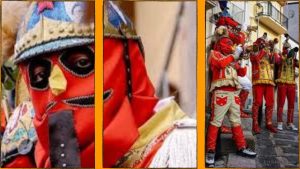
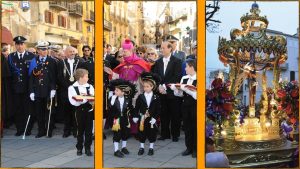


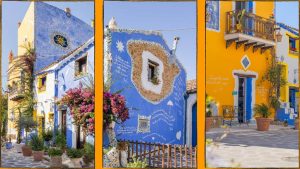



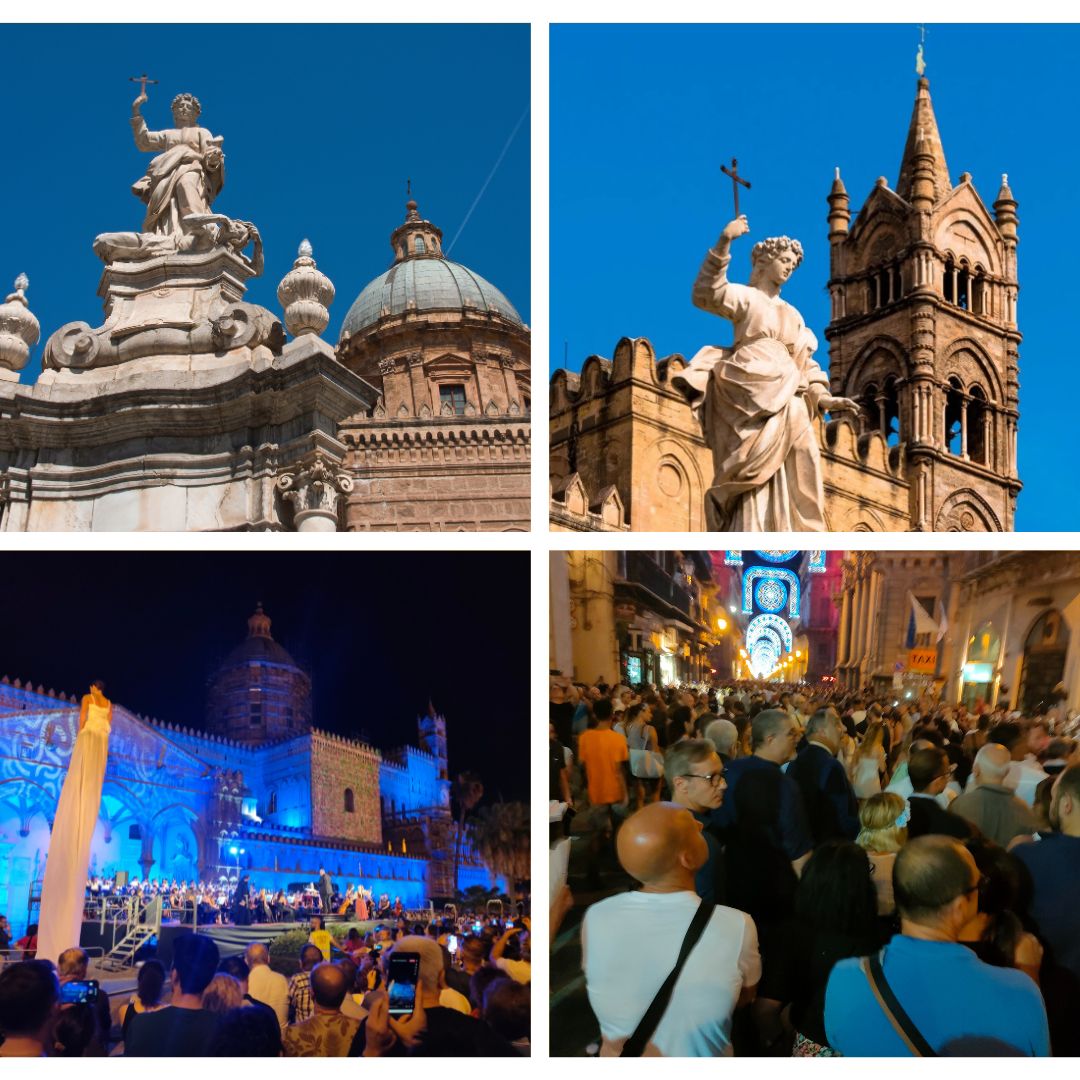


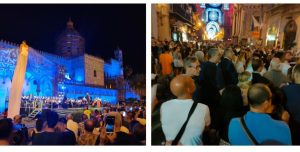






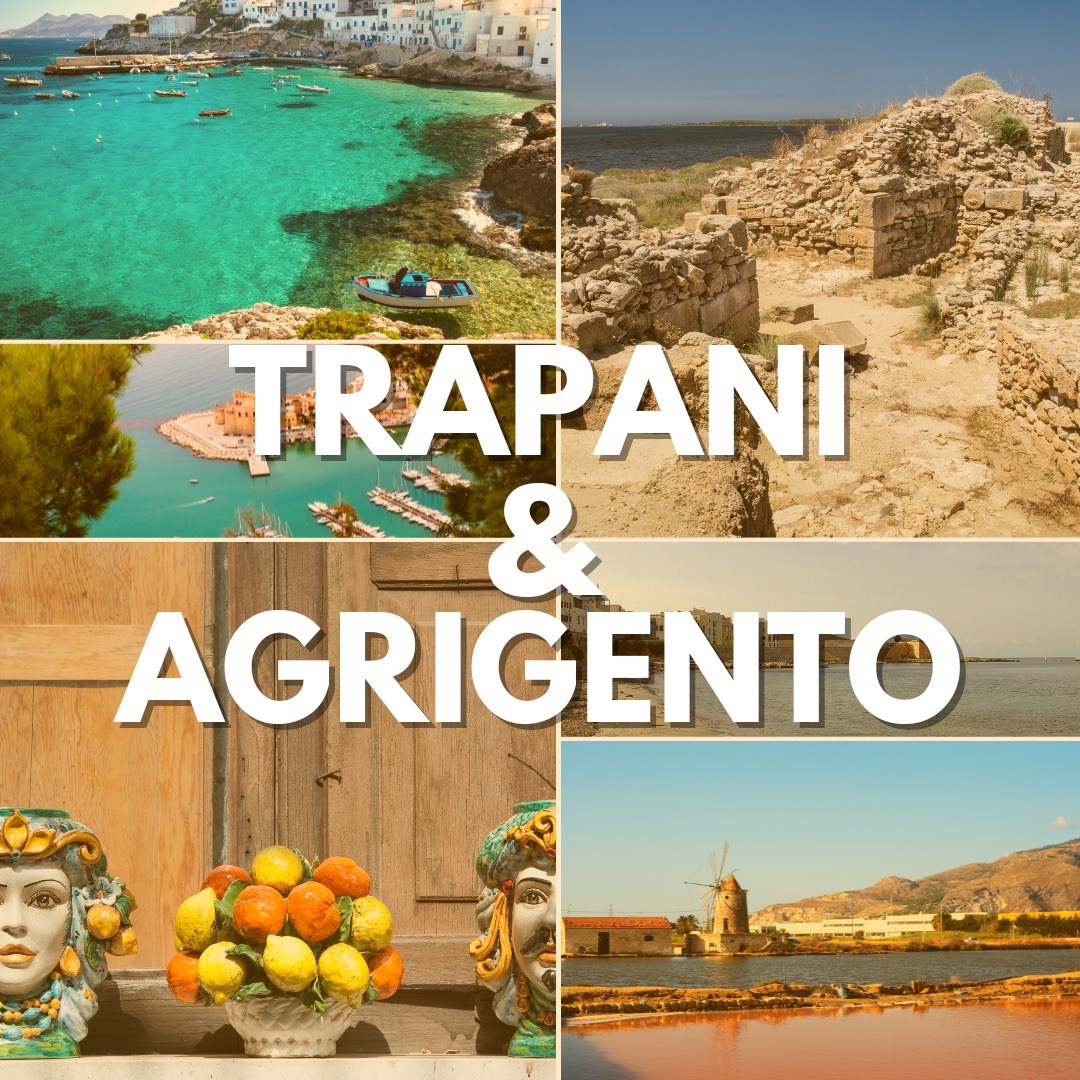
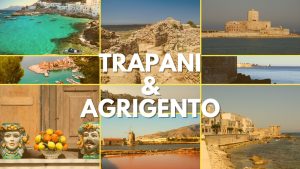
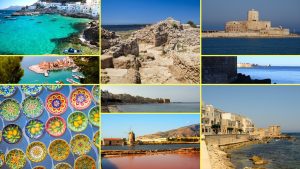

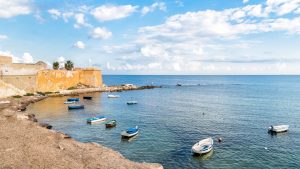

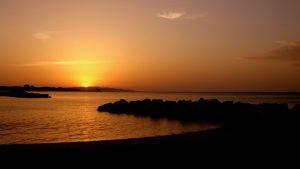
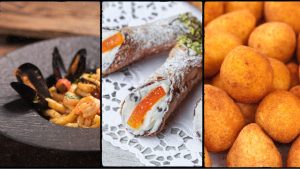



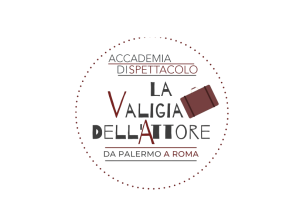
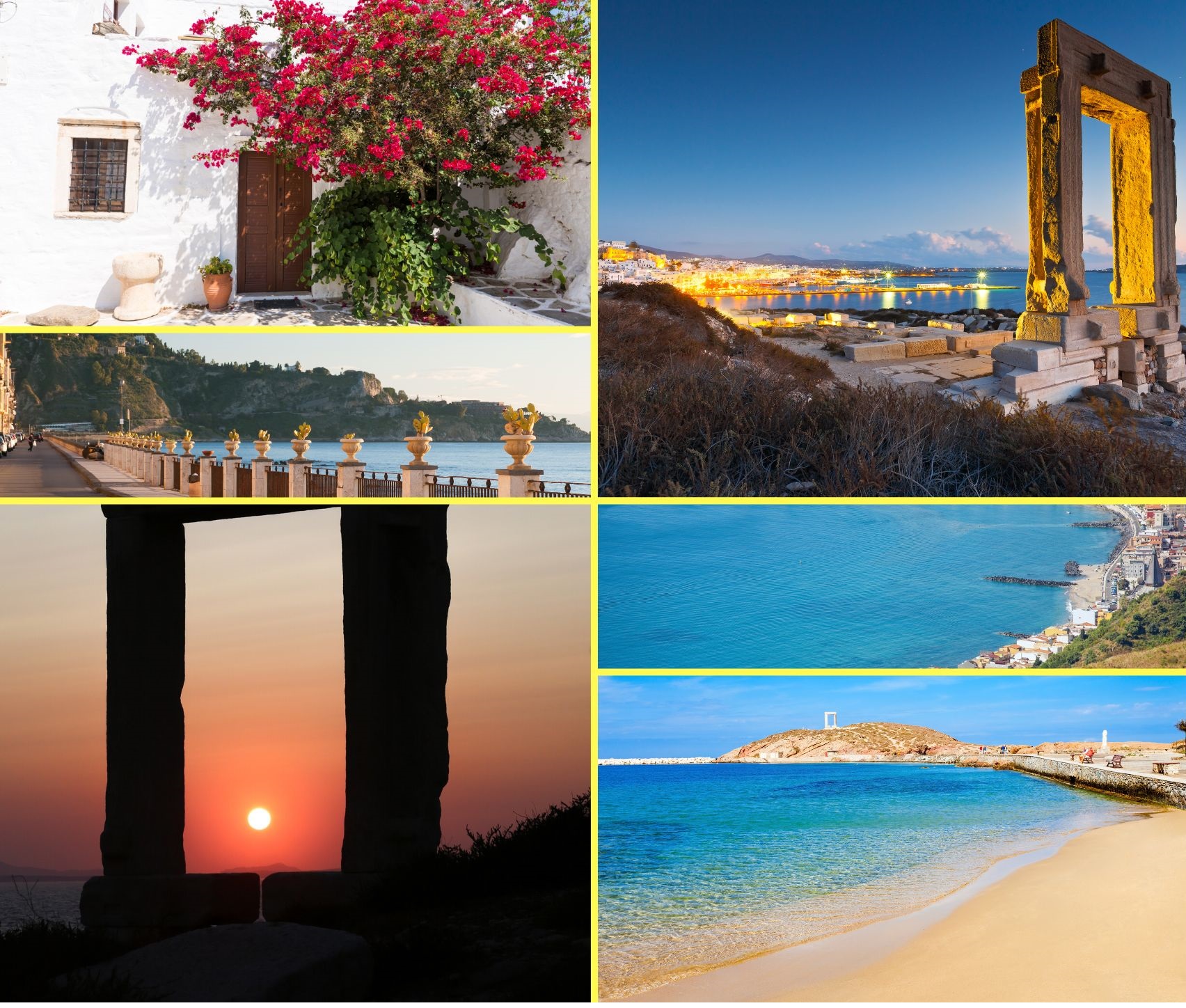
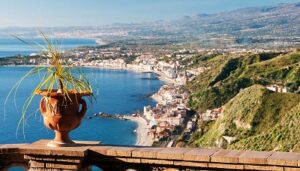

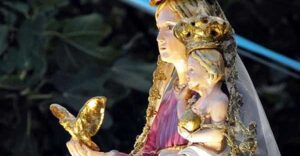
 Giardini – Naxos è un luogo meno conosciuto e un po’ nascosto, ma siamo sicuri che le sue bellezze faranno breccia nel vostro cuore.[:en]Today we will talk about Giardini – Naxos, a splendid tourist and seaside destination in Sicily. It is located in the province of Messina and is close to Taormina. We are sure it will arouse your curiosity!
Giardini – Naxos è un luogo meno conosciuto e un po’ nascosto, ma siamo sicuri che le sue bellezze faranno breccia nel vostro cuore.[:en]Today we will talk about Giardini – Naxos, a splendid tourist and seaside destination in Sicily. It is located in the province of Messina and is close to Taormina. We are sure it will arouse your curiosity!
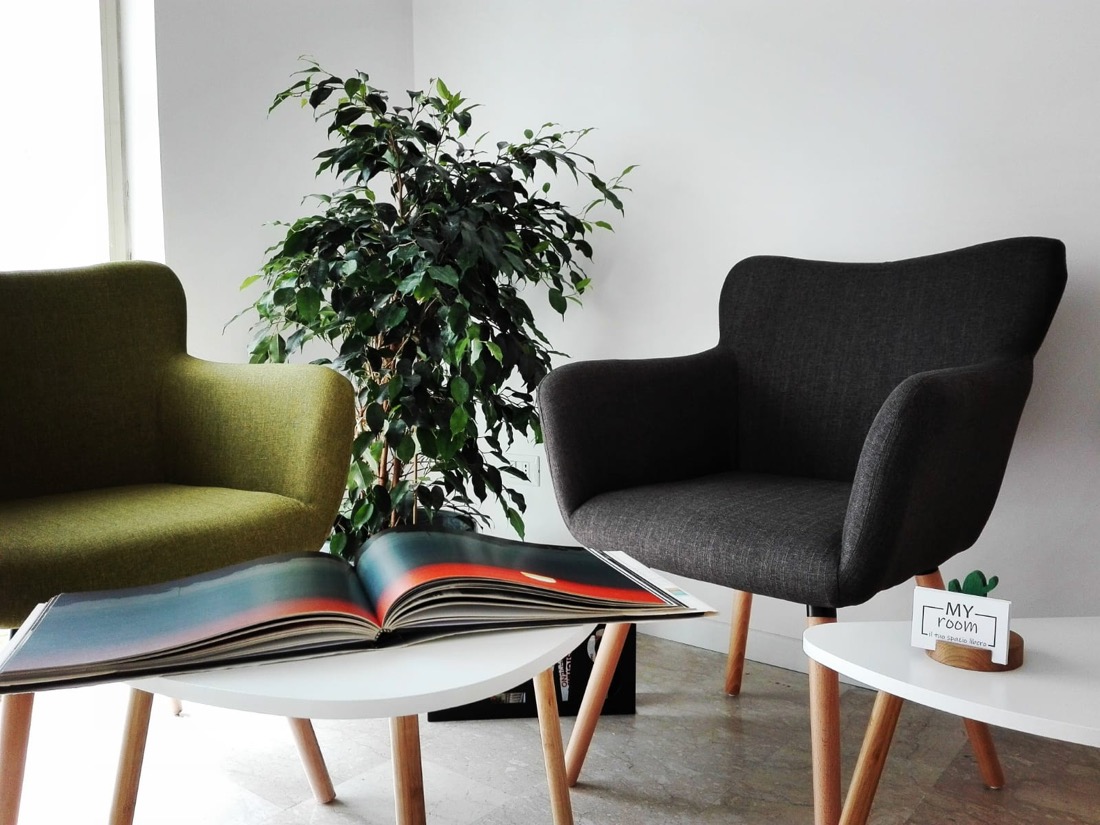

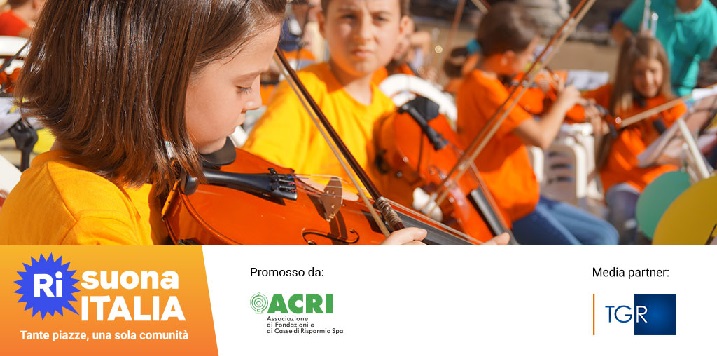

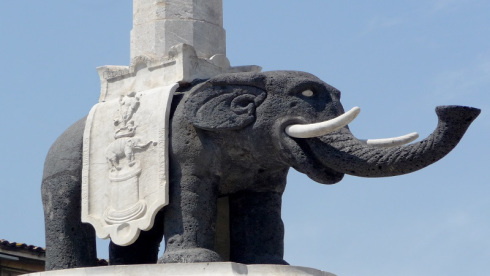
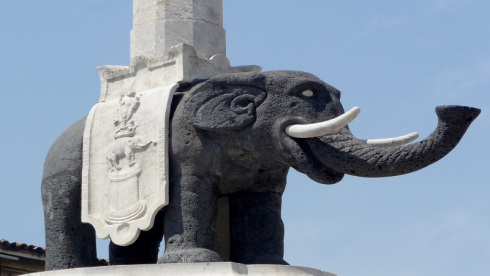
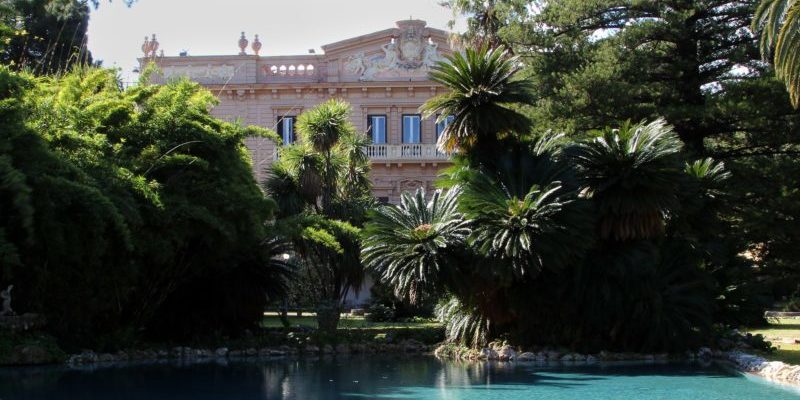
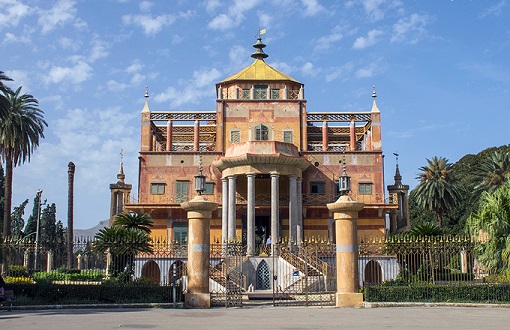
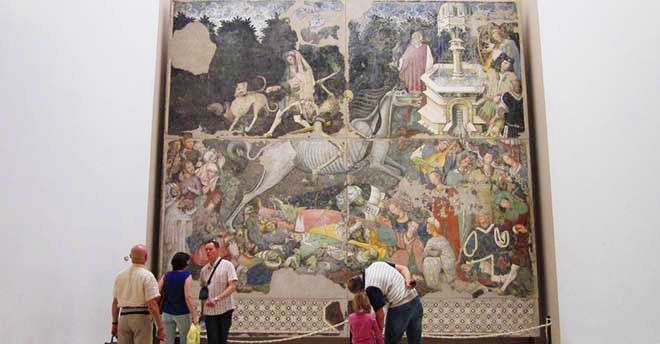


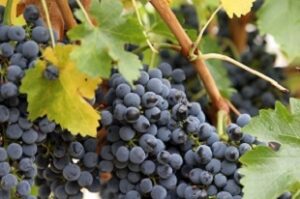
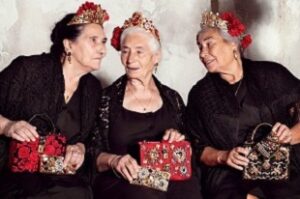
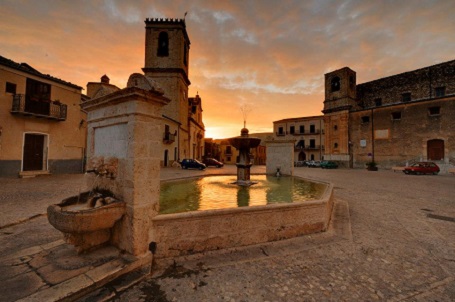
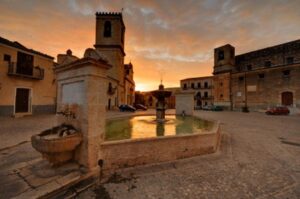
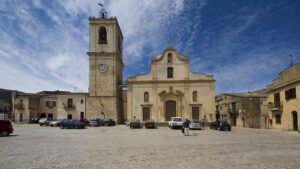
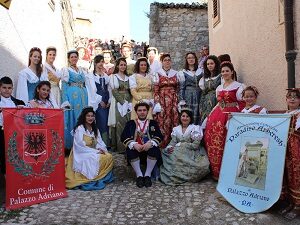
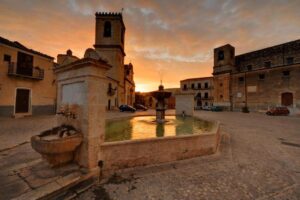
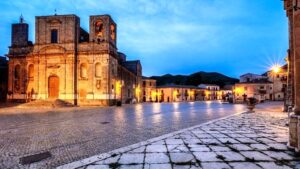
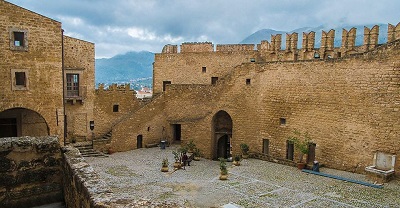
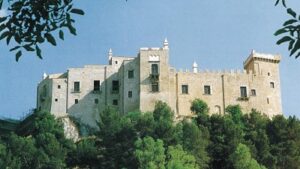
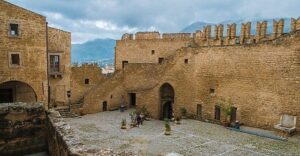




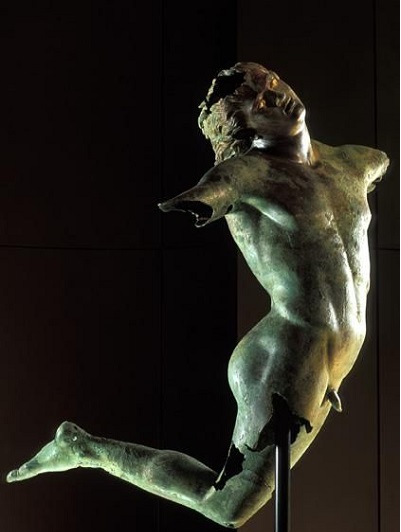
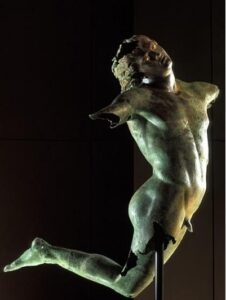
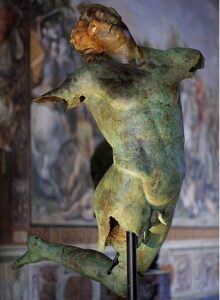
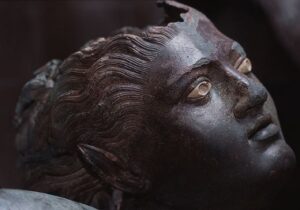



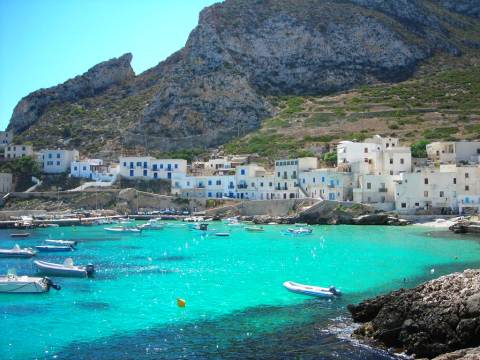

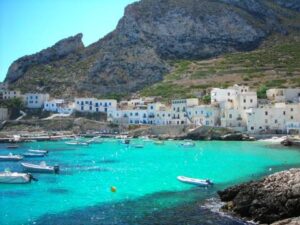
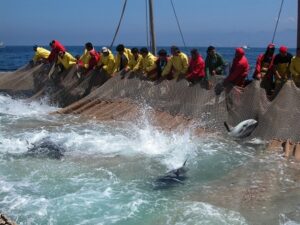





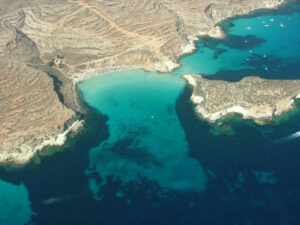





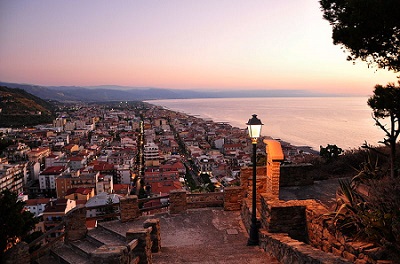
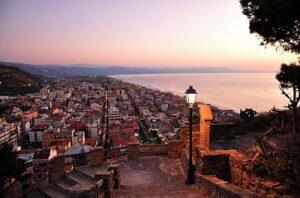
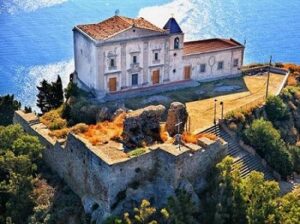
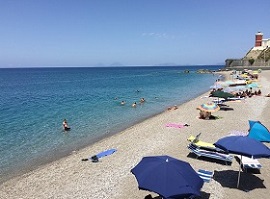


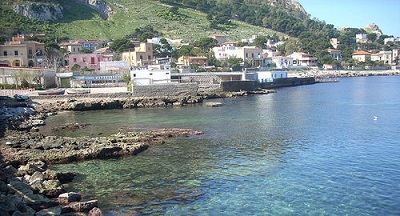
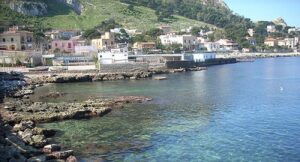

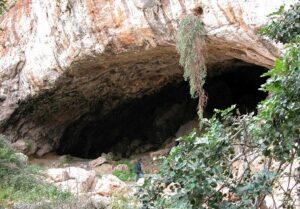

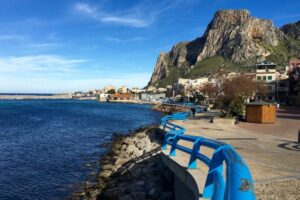
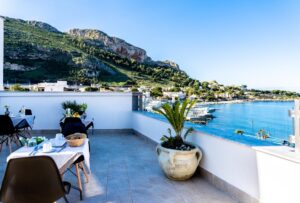




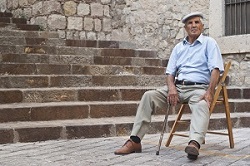



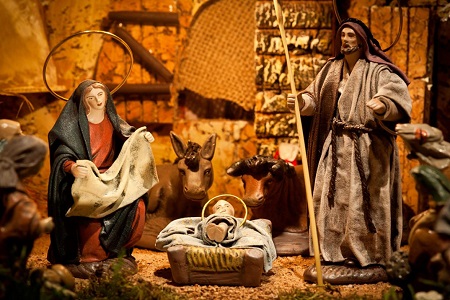
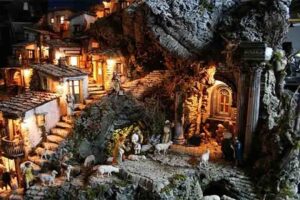
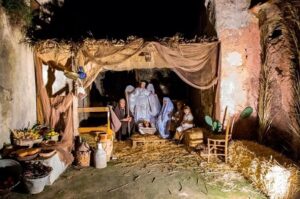
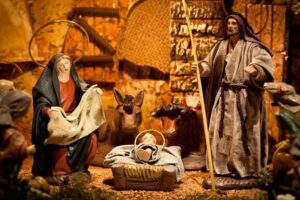




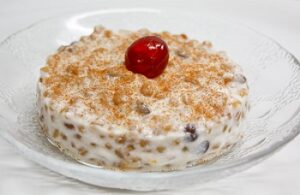


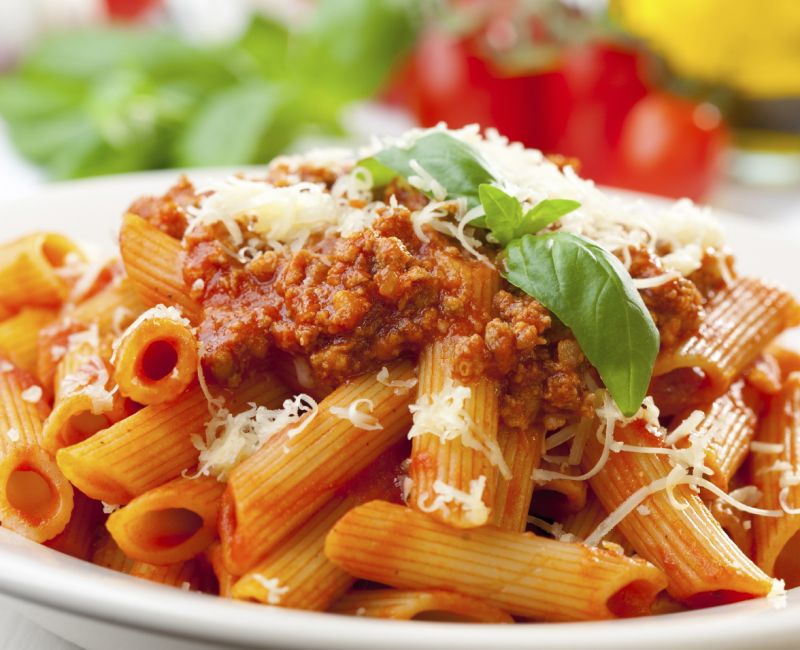
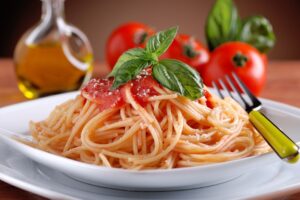
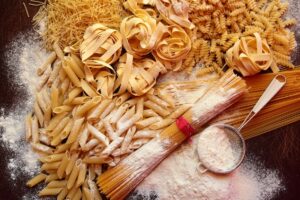
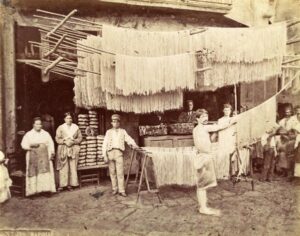
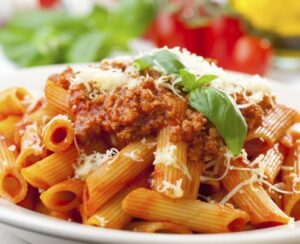
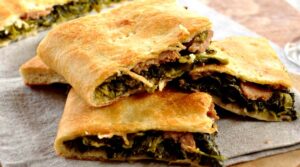
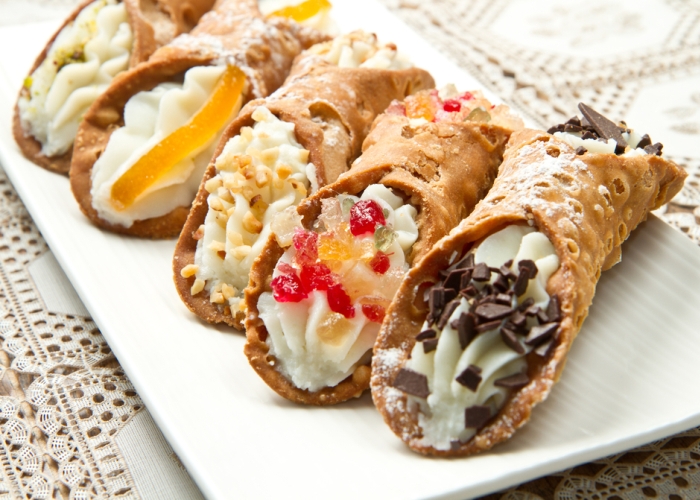
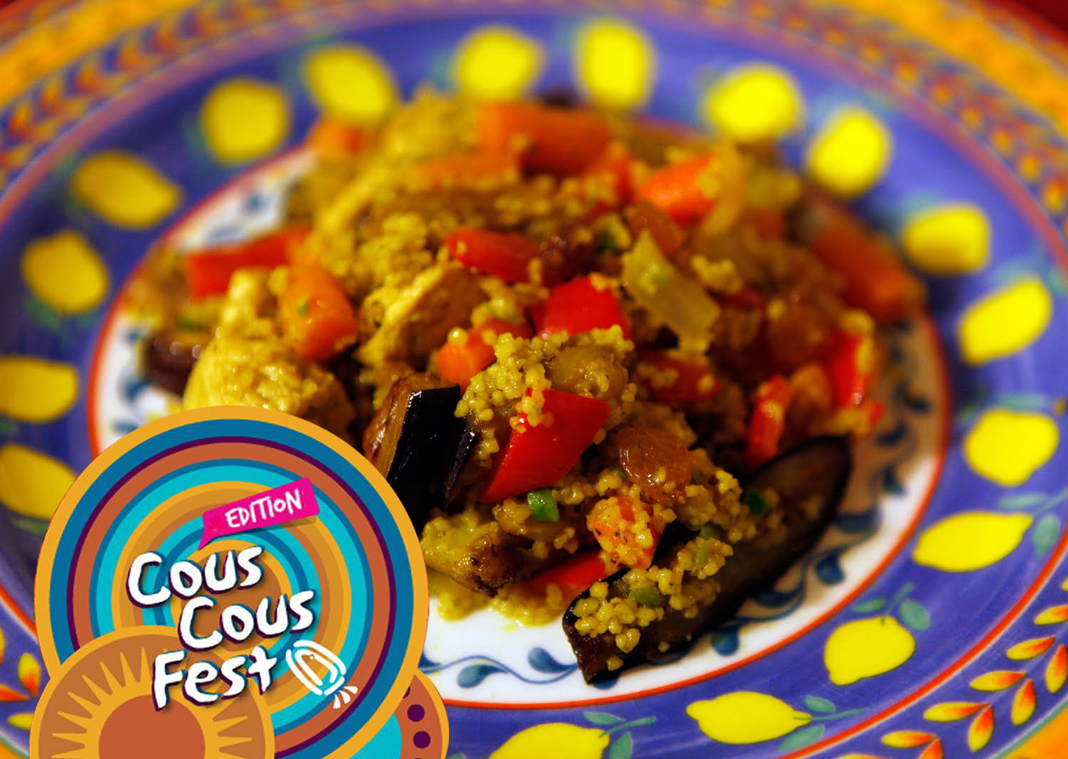
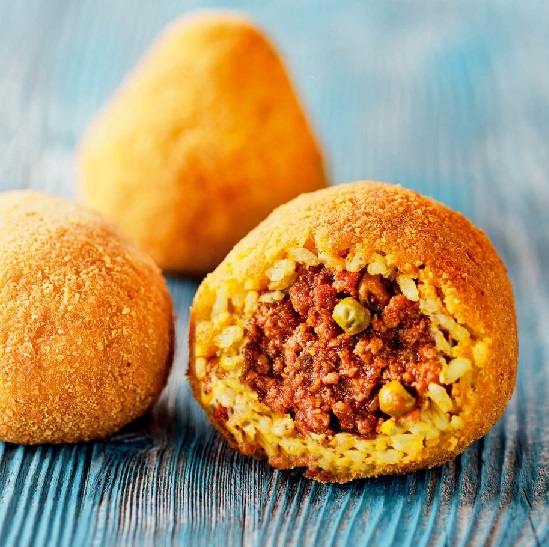
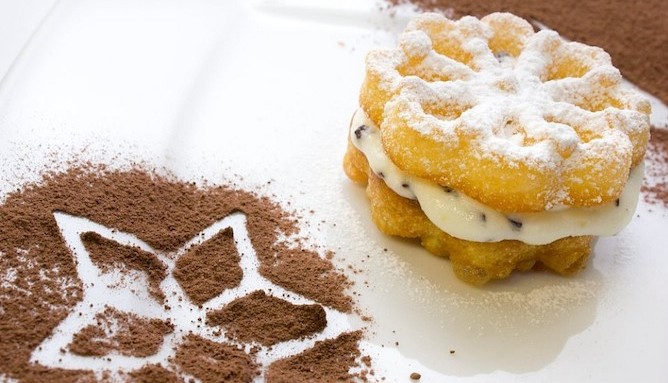
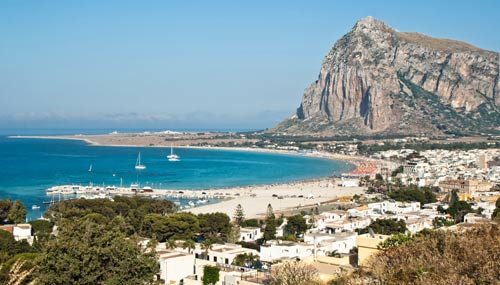

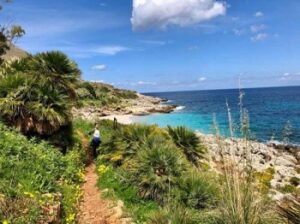
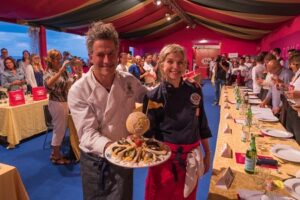


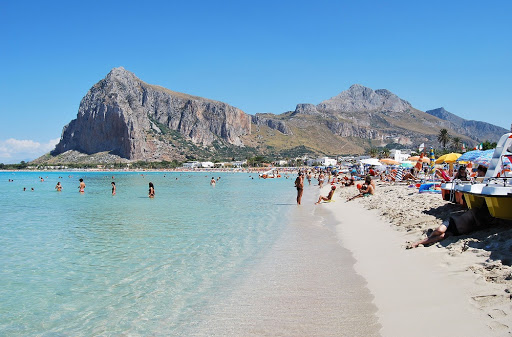

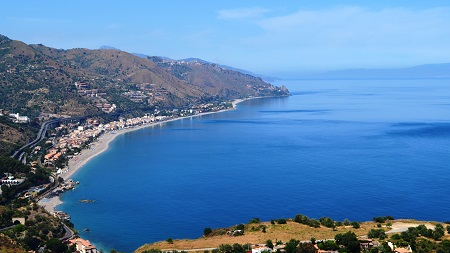
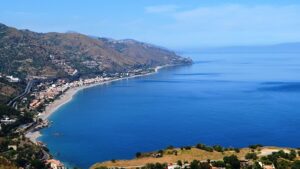
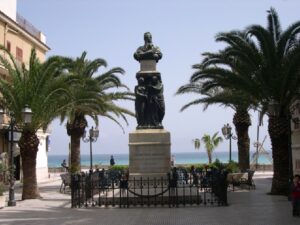
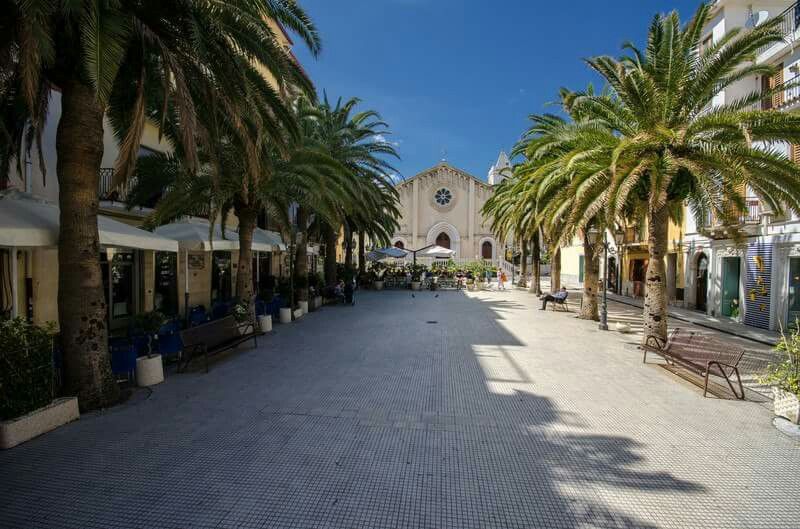




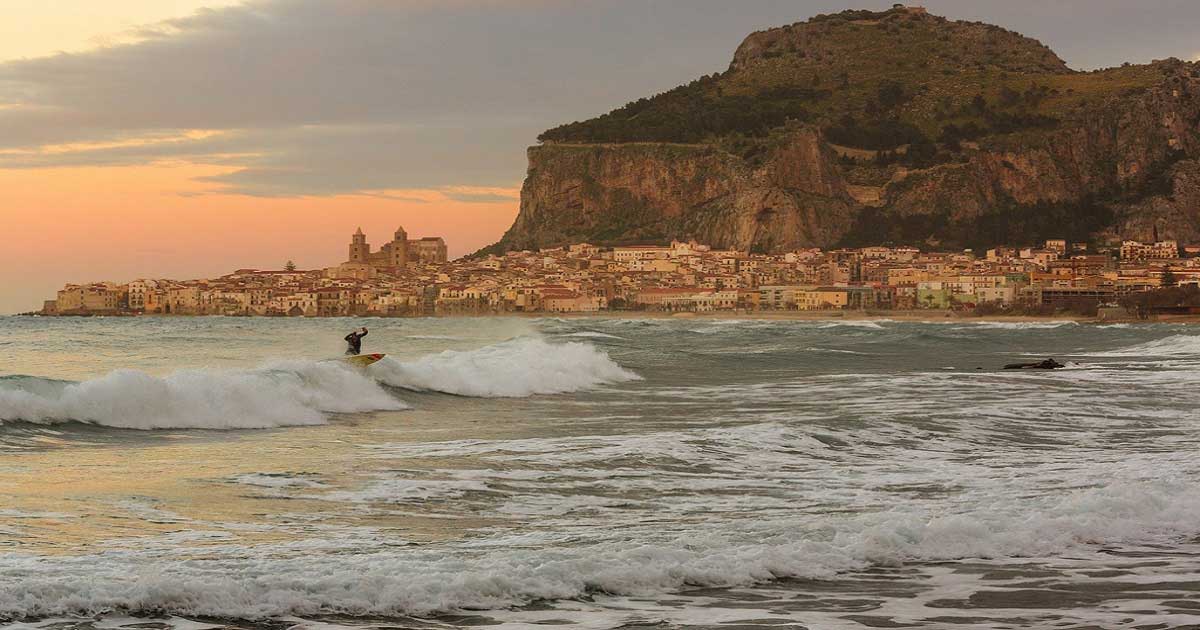

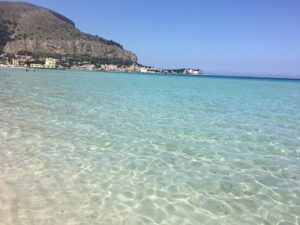
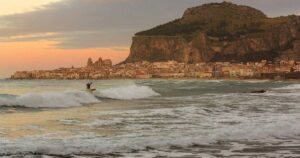


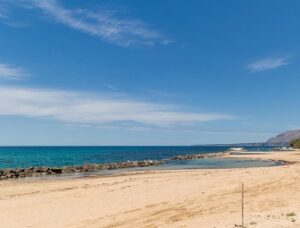

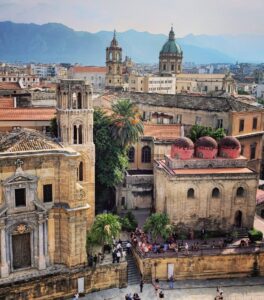

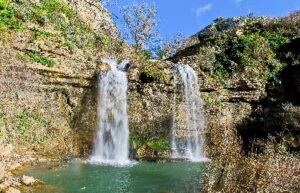
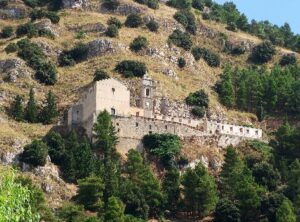
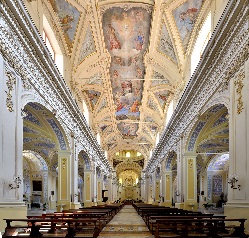

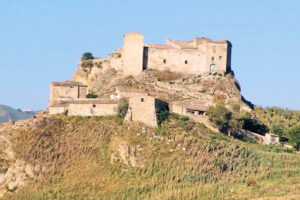


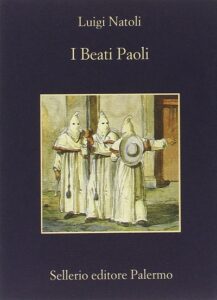
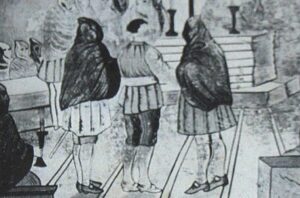
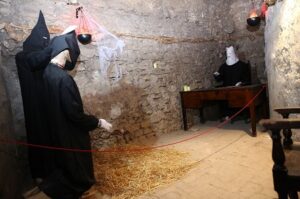




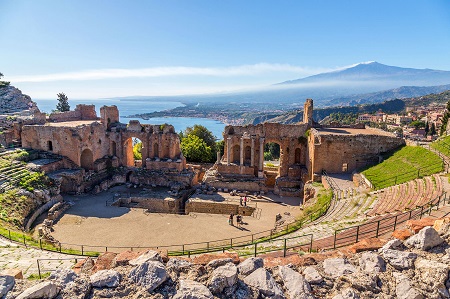
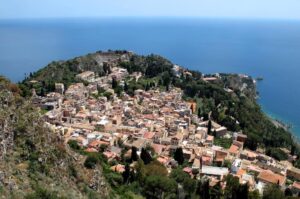
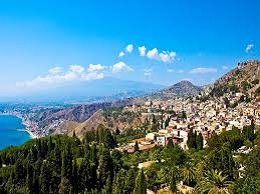

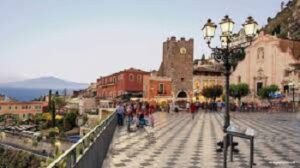

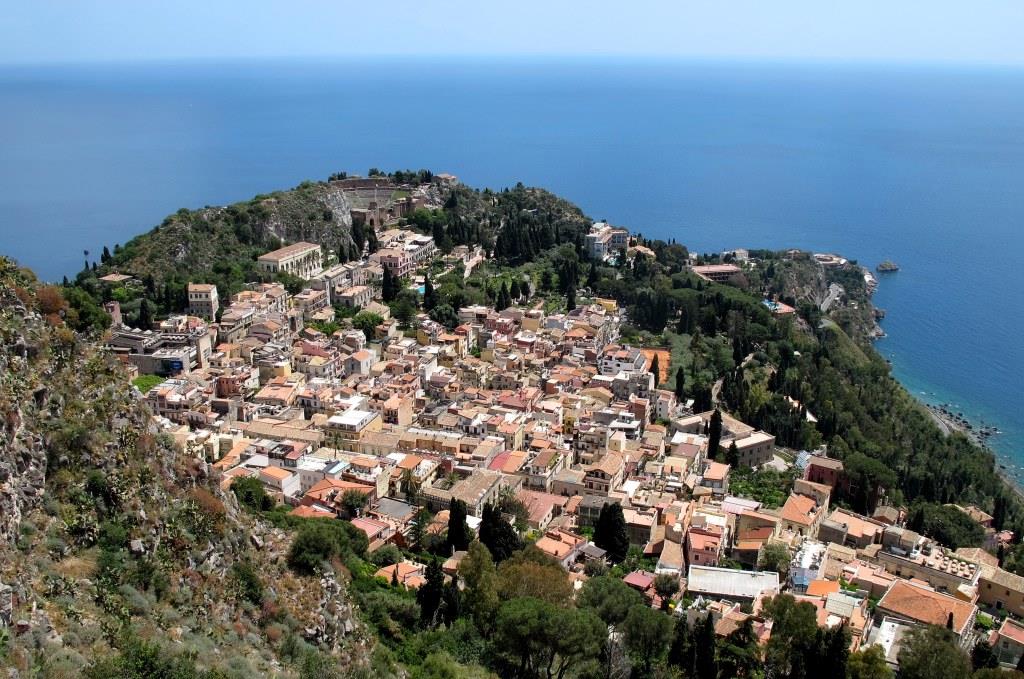



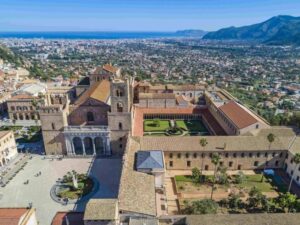
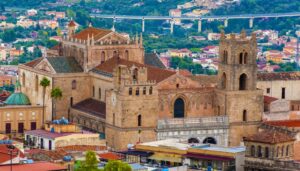

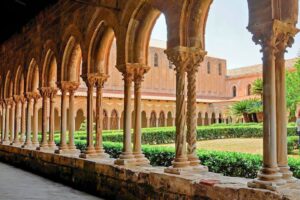
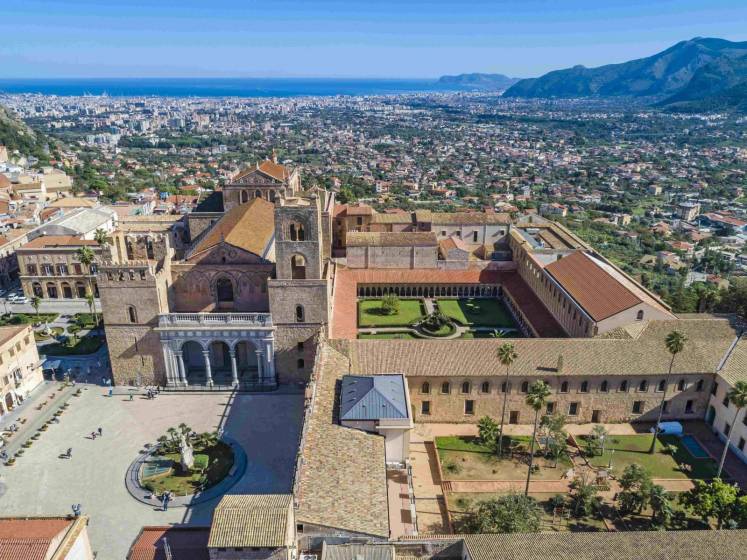
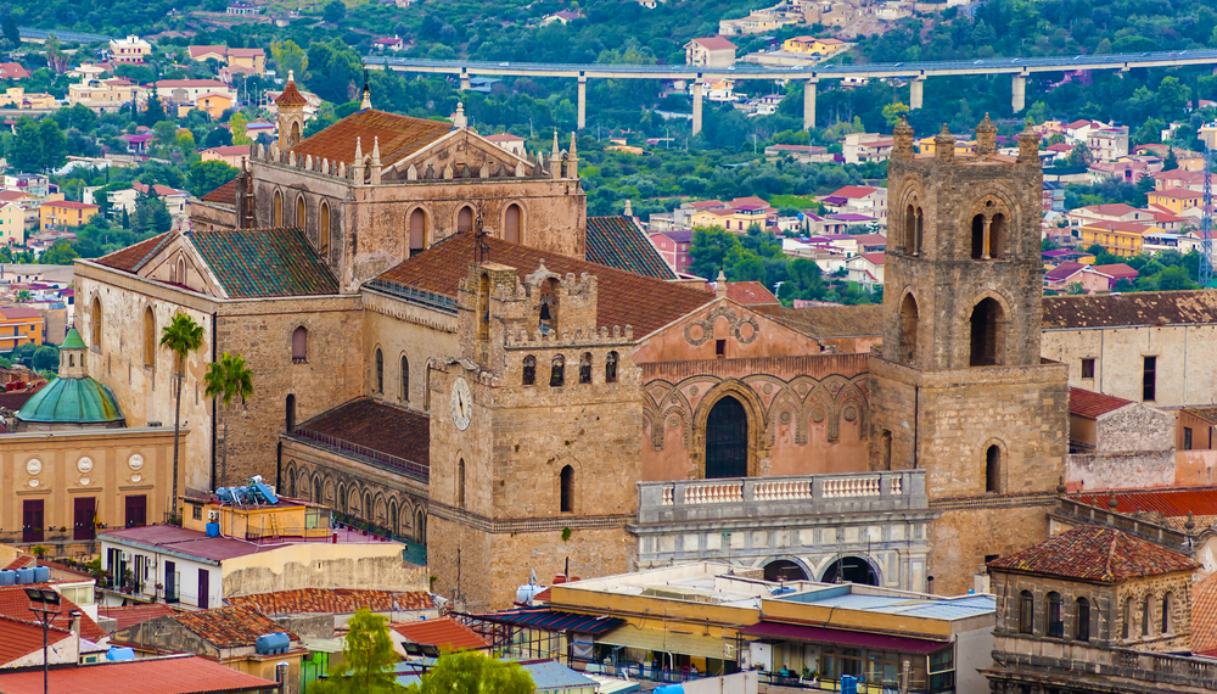

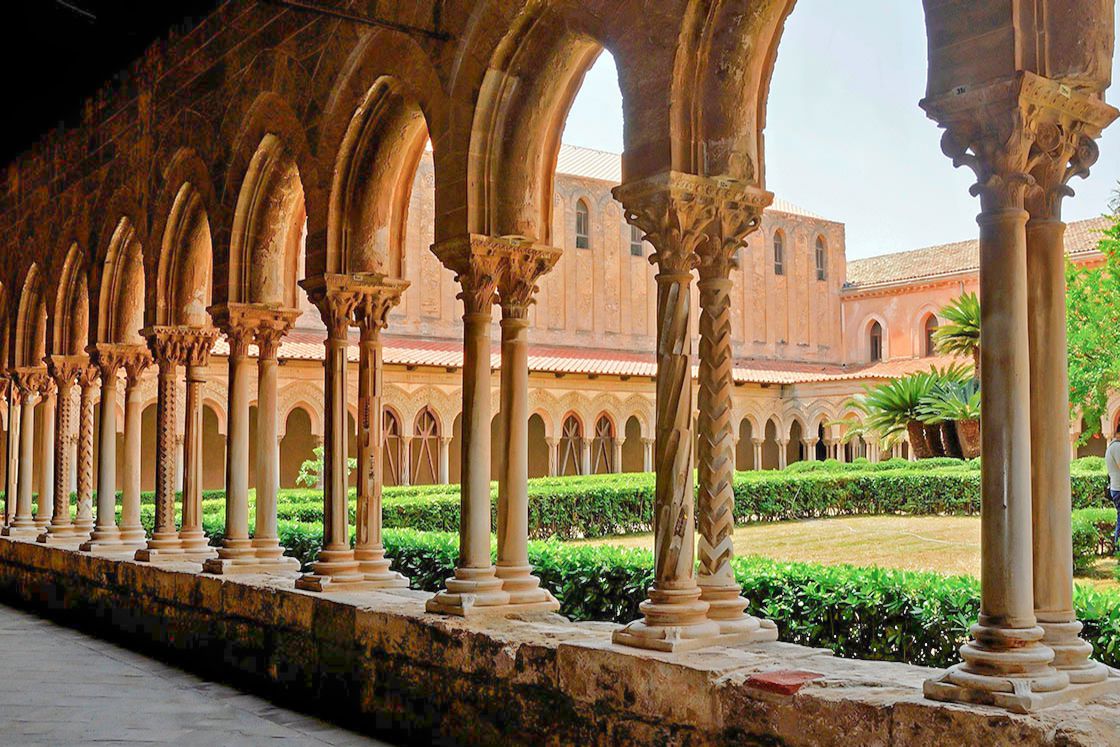
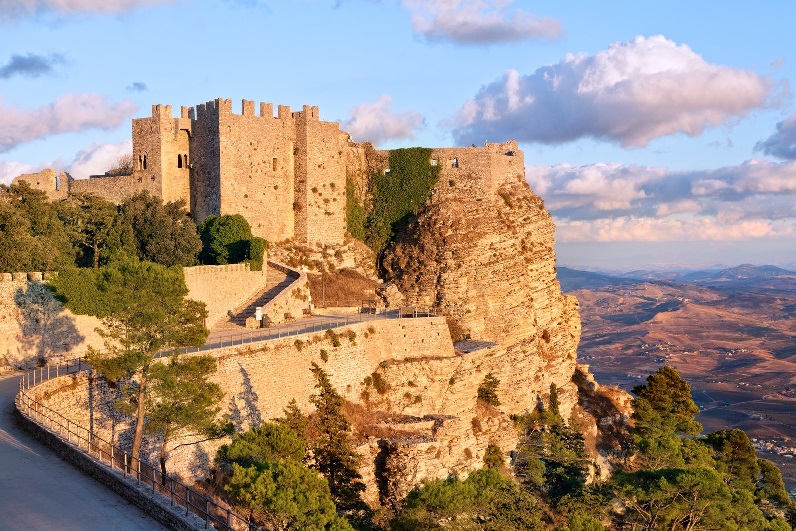
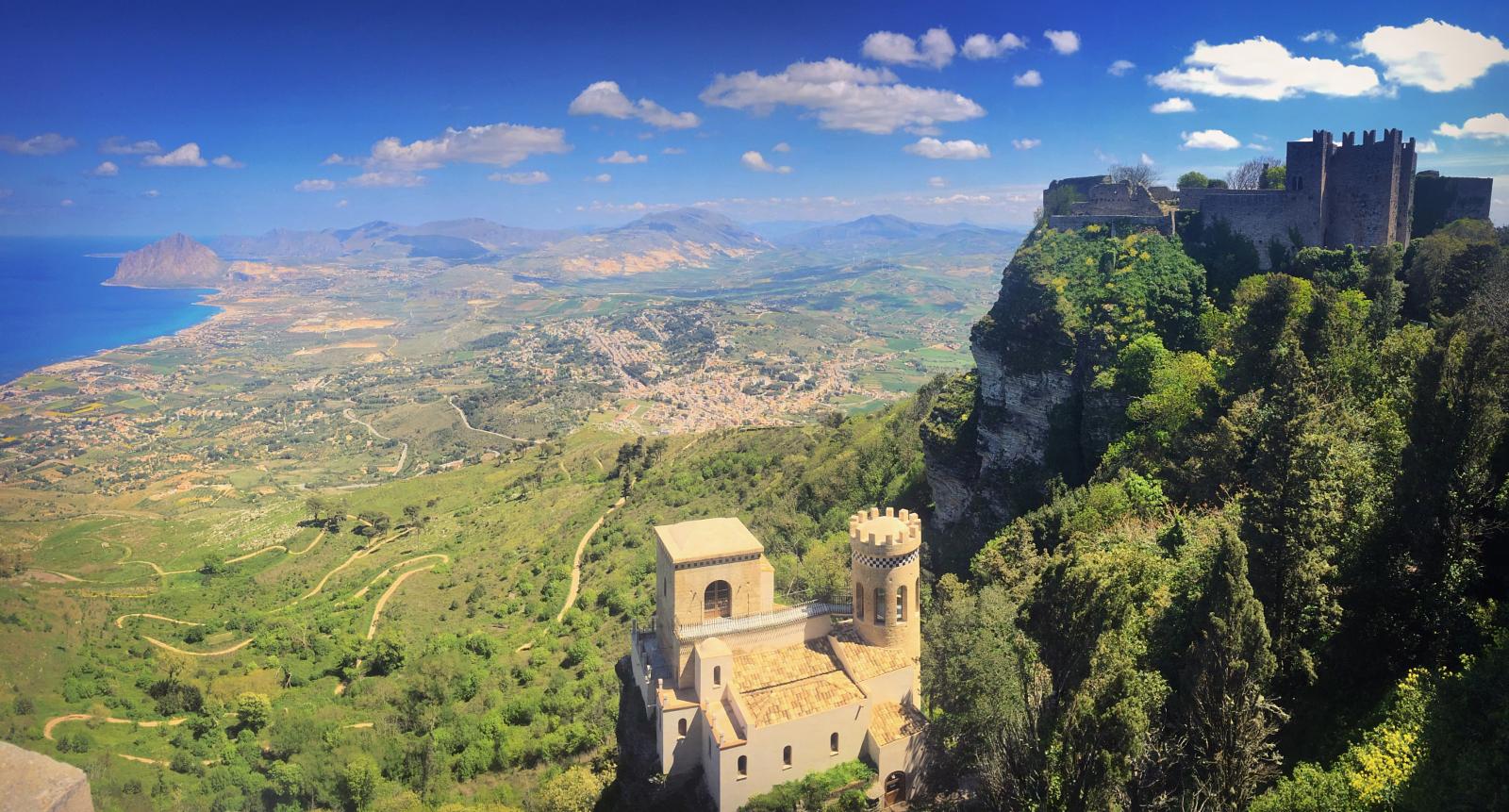
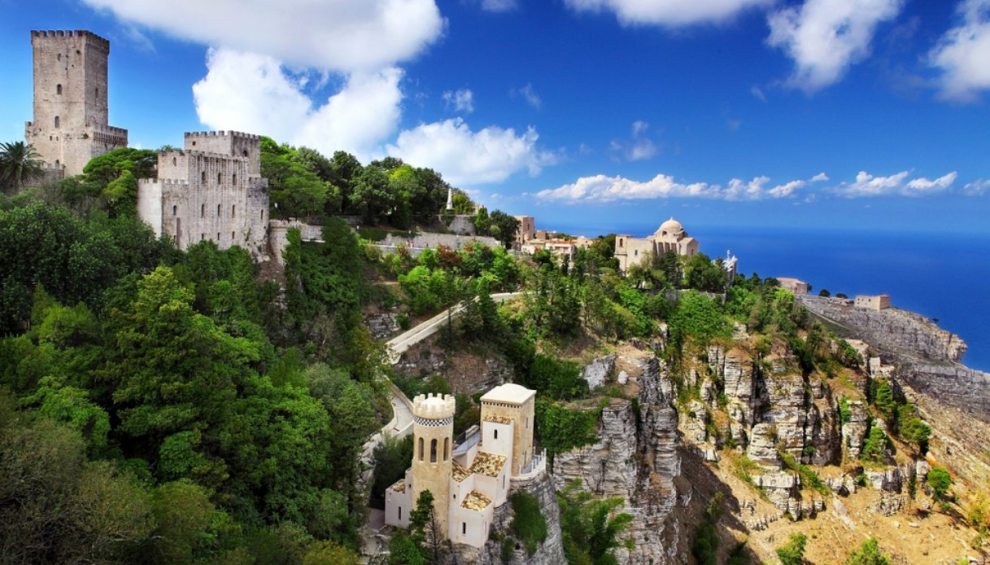
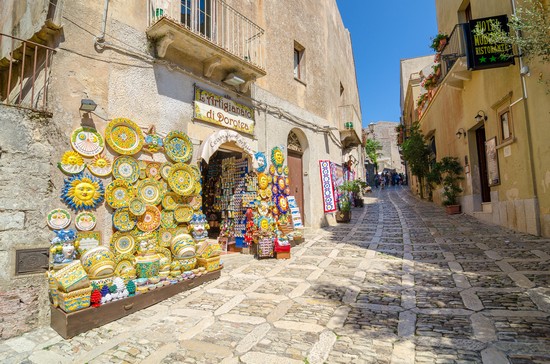
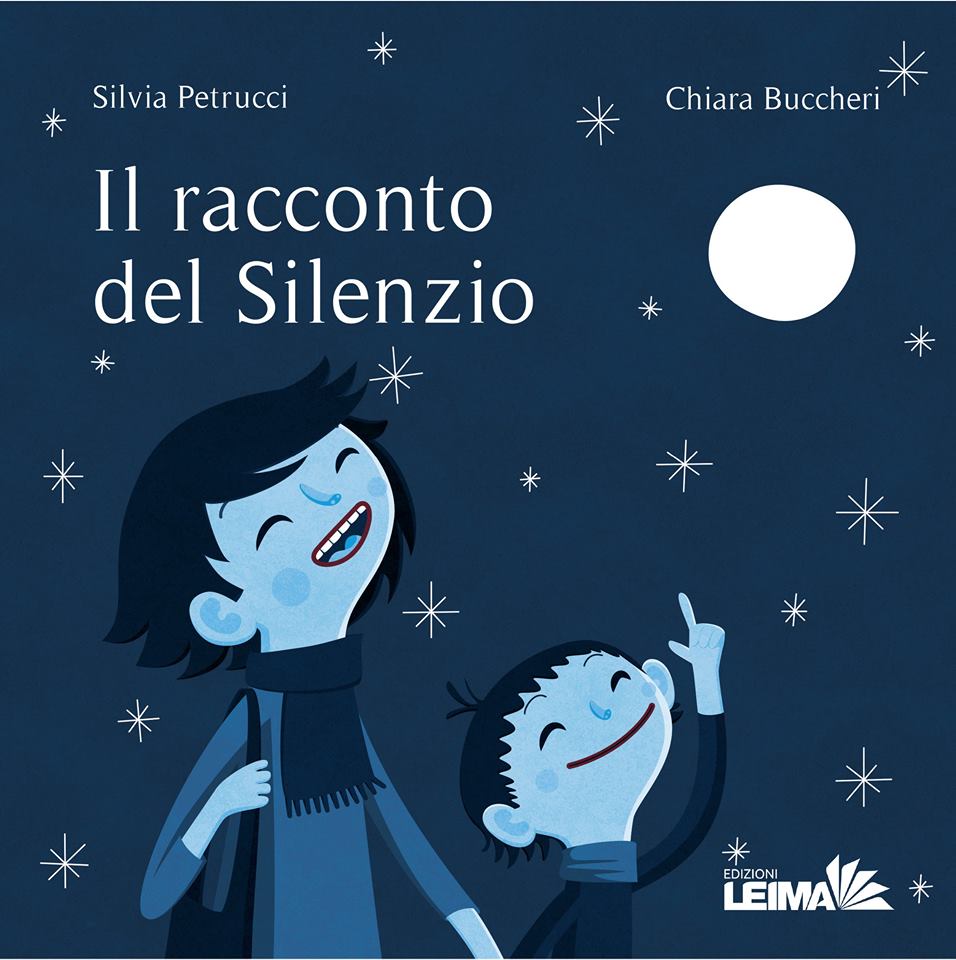
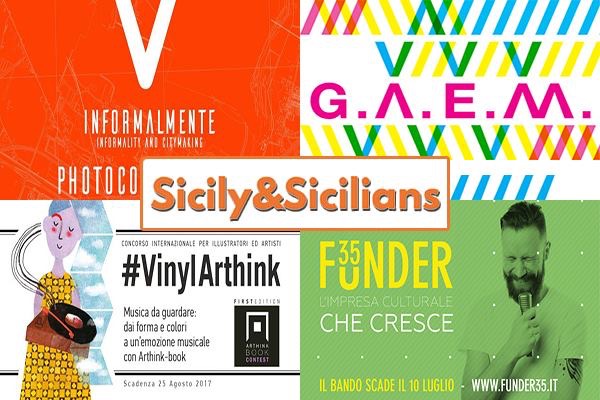
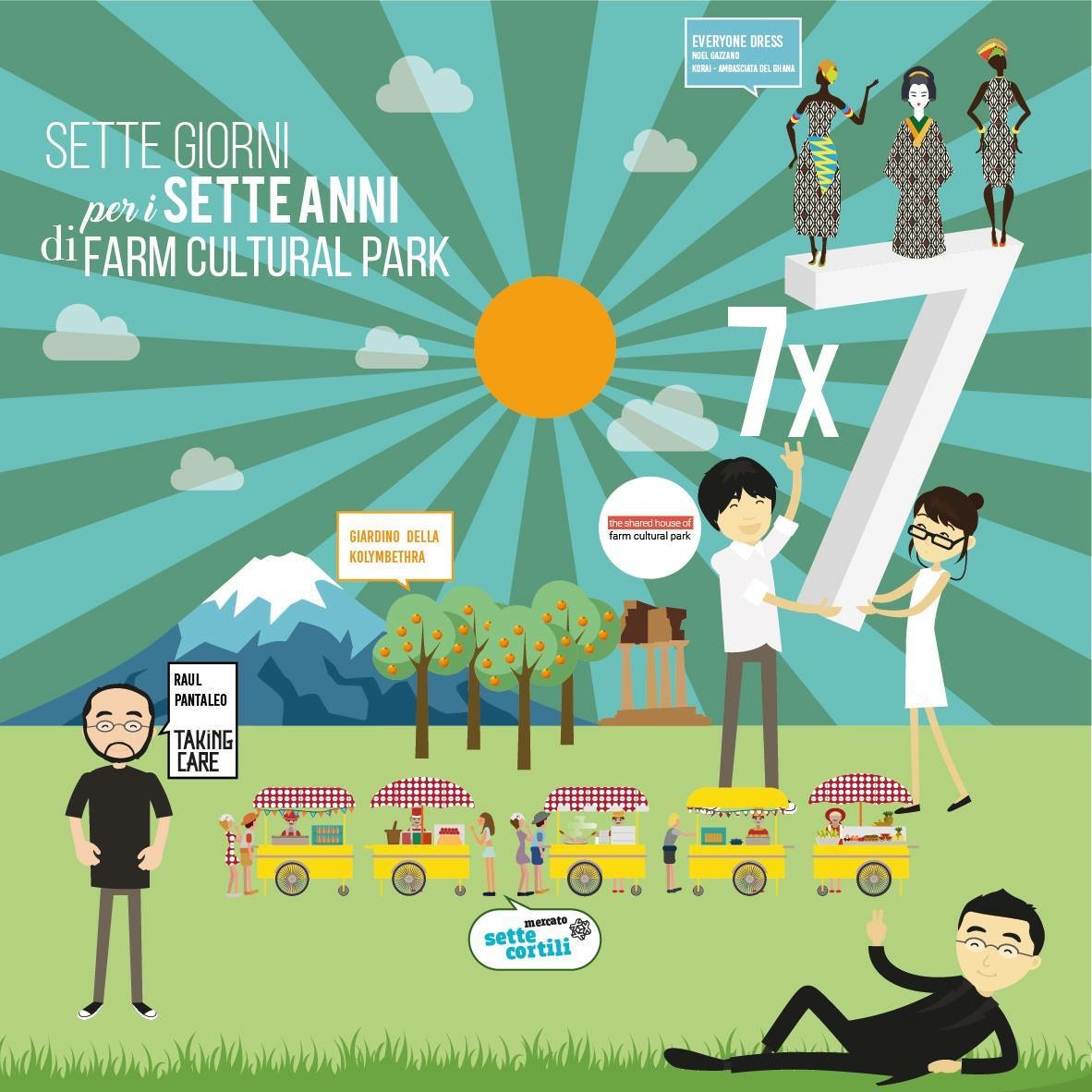
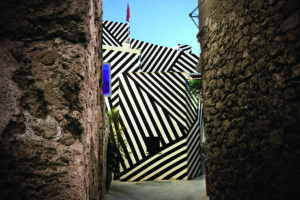
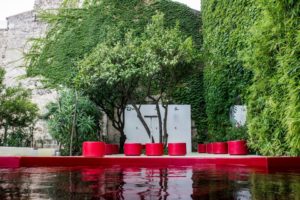 alle 19.00 si festeggia la chiusura dell’anno di Sou, con il patrocinio del Politecnico di Milano. I bambini della Scuola presenteranno il loro progetto di fine anno: suggestione per la Città di Favara e i suoi abitanti, il progetto consiste di un complesso immobiliare da collocare nell’area del crollo che ha determinato la scomparsa delle piccole Chiara e Marianna, nella costruzione di un’accogliente casa moderna per i bambini migranti che sbarcano in Sicilia senza genitori e di un piccolo Museo per la tutela dei diritti dell’infanzia.
alle 19.00 si festeggia la chiusura dell’anno di Sou, con il patrocinio del Politecnico di Milano. I bambini della Scuola presenteranno il loro progetto di fine anno: suggestione per la Città di Favara e i suoi abitanti, il progetto consiste di un complesso immobiliare da collocare nell’area del crollo che ha determinato la scomparsa delle piccole Chiara e Marianna, nella costruzione di un’accogliente casa moderna per i bambini migranti che sbarcano in Sicilia senza genitori e di un piccolo Museo per la tutela dei diritti dell’infanzia.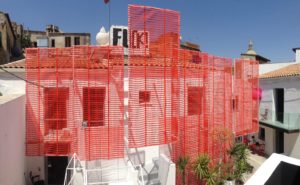 Giovedì 29 e Venerdì 30 giugno: Moshi moshi call from Tokyo: Farm e Favara battono bandiera giapponese! Saranno infatti due giornate di incontri, scambi, amicizia e divertimento con una delegazione di 60 artisti giapponesi appartenenti alla Japan Artists International Society.
Giovedì 29 e Venerdì 30 giugno: Moshi moshi call from Tokyo: Farm e Favara battono bandiera giapponese! Saranno infatti due giornate di incontri, scambi, amicizia e divertimento con una delegazione di 60 artisti giapponesi appartenenti alla Japan Artists International Society. Sabato 1 luglio tutti pronti per soffiare le candeline: a partire dalle 19 si celebrerà in grande il compleanno di Farm Cultural Park! Sarà difficile riconoscere i Sette Cortili con la nuova facciata di Raft progettata dal collettivo portoghese di architetti Ponto Atelier, e vivacizzata da Riad Farm, il progetto curatoriale a base di musica, illustrazione e giardinaggio a cura di Chiara Manchovas e Andrea Buzzi che vi farà perdere nella suggestività della location. Infine alle 22.00 è festa: prima con il live di Nicolò Carnesi, che in 3 anni ci ha regalato i due gioielli di
Sabato 1 luglio tutti pronti per soffiare le candeline: a partire dalle 19 si celebrerà in grande il compleanno di Farm Cultural Park! Sarà difficile riconoscere i Sette Cortili con la nuova facciata di Raft progettata dal collettivo portoghese di architetti Ponto Atelier, e vivacizzata da Riad Farm, il progetto curatoriale a base di musica, illustrazione e giardinaggio a cura di Chiara Manchovas e Andrea Buzzi che vi farà perdere nella suggestività della location. Infine alle 22.00 è festa: prima con il live di Nicolò Carnesi, che in 3 anni ci ha regalato i due gioielli di 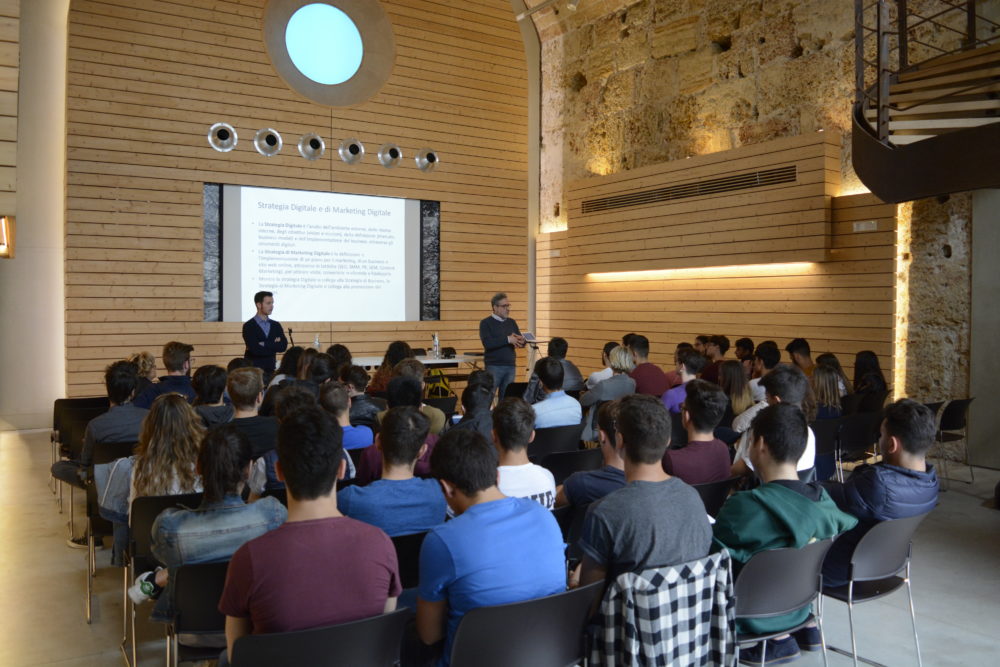
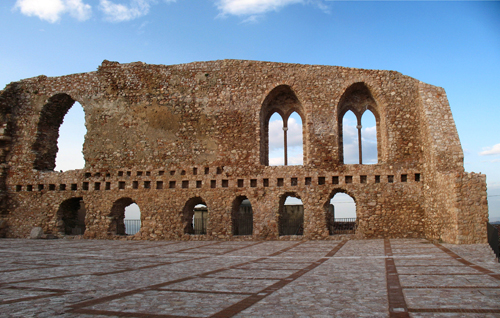

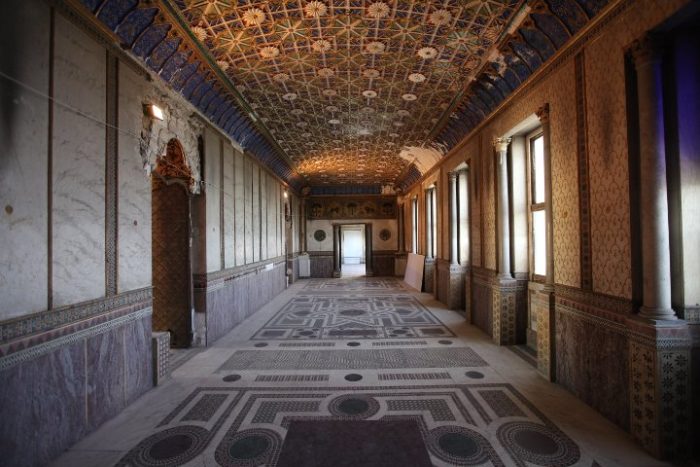
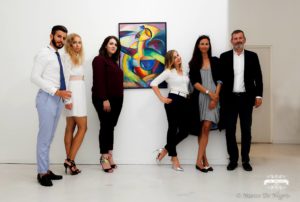
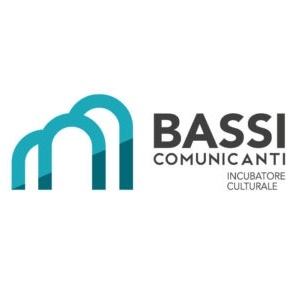
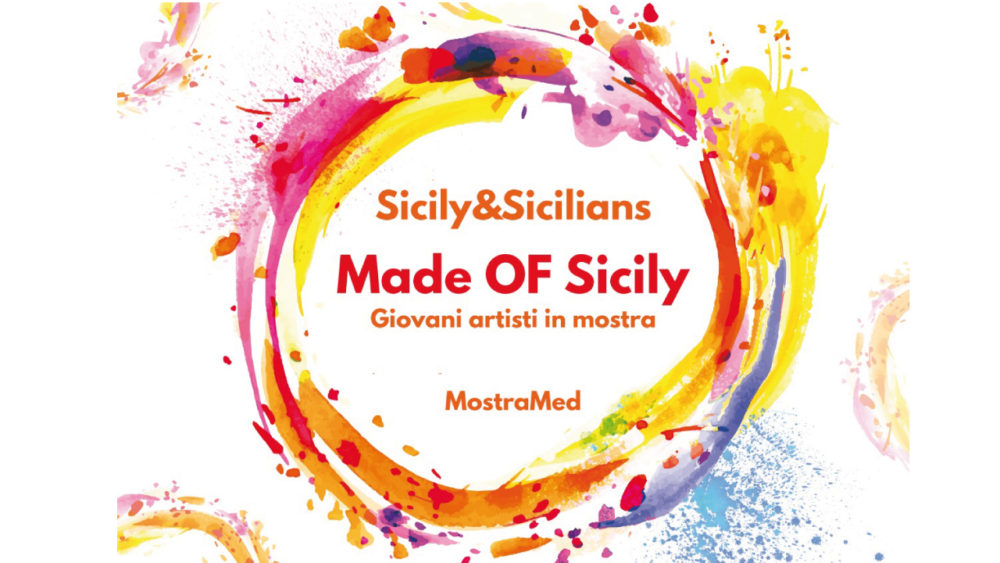

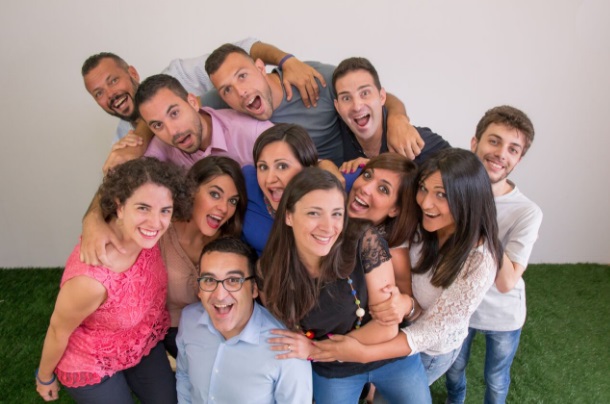
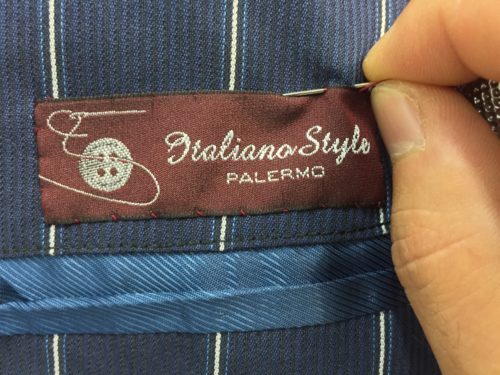
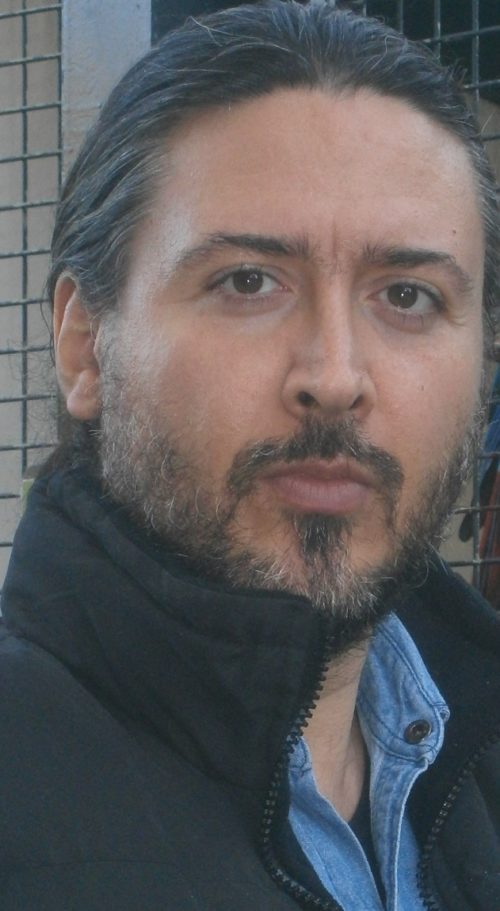
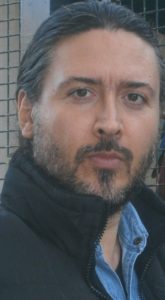
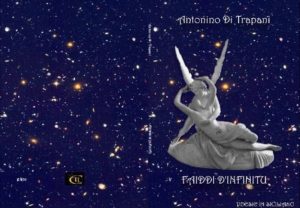 Com’è la vita di un giovane poeta siciliano nel 2017?
Com’è la vita di un giovane poeta siciliano nel 2017?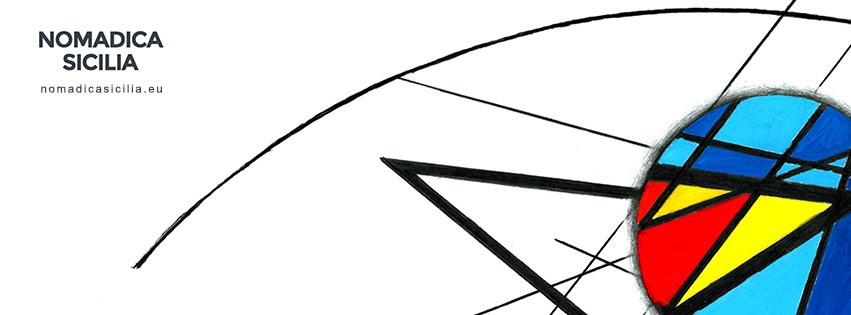
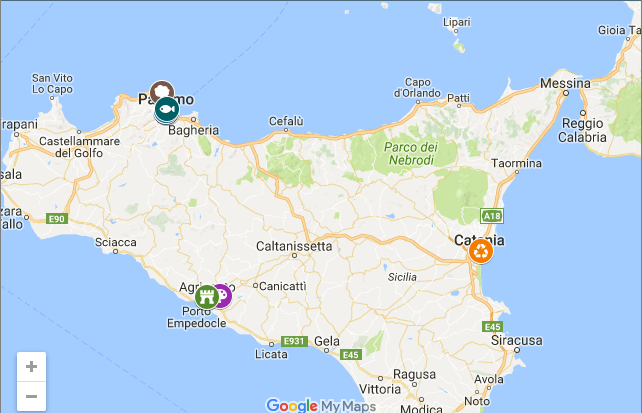
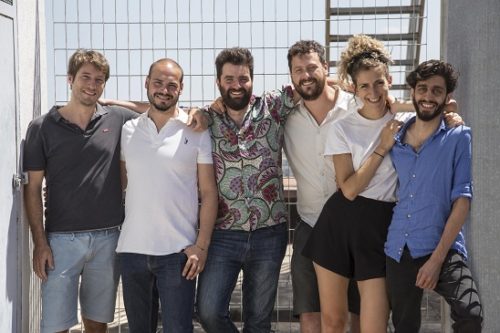
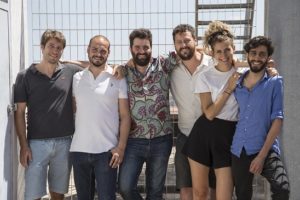
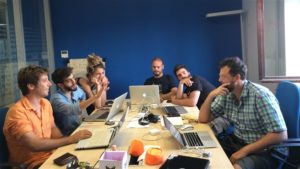 eriodo è crescere abbastanza da riuscire ad attrarre talenti da ogni parte del mondo, ma sappiamo che non sarà facile. Amiamo la Sicilia ma ci sentiamo comunque lontani dal cliché dei siciliani partiti con la valigia di cartone, tornati per cambiare le sorti dell’isola. Noi vogliamo che Ludwig cresca e che funzioni, se sarà in Sicilia ne saremo felicissimi, ma siamo pronti a spostarci anche al Polo Nord se necessario.
eriodo è crescere abbastanza da riuscire ad attrarre talenti da ogni parte del mondo, ma sappiamo che non sarà facile. Amiamo la Sicilia ma ci sentiamo comunque lontani dal cliché dei siciliani partiti con la valigia di cartone, tornati per cambiare le sorti dell’isola. Noi vogliamo che Ludwig cresca e che funzioni, se sarà in Sicilia ne saremo felicissimi, ma siamo pronti a spostarci anche al Polo Nord se necessario.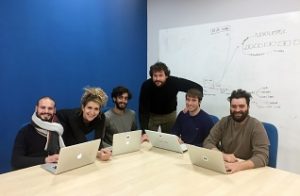 ciliani. Cosa suggerite ai vostri concittadini che spesso a causa di varie difficoltà, rinunciano a realizzare il proprio sogno?
ciliani. Cosa suggerite ai vostri concittadini che spesso a causa di varie difficoltà, rinunciano a realizzare il proprio sogno? 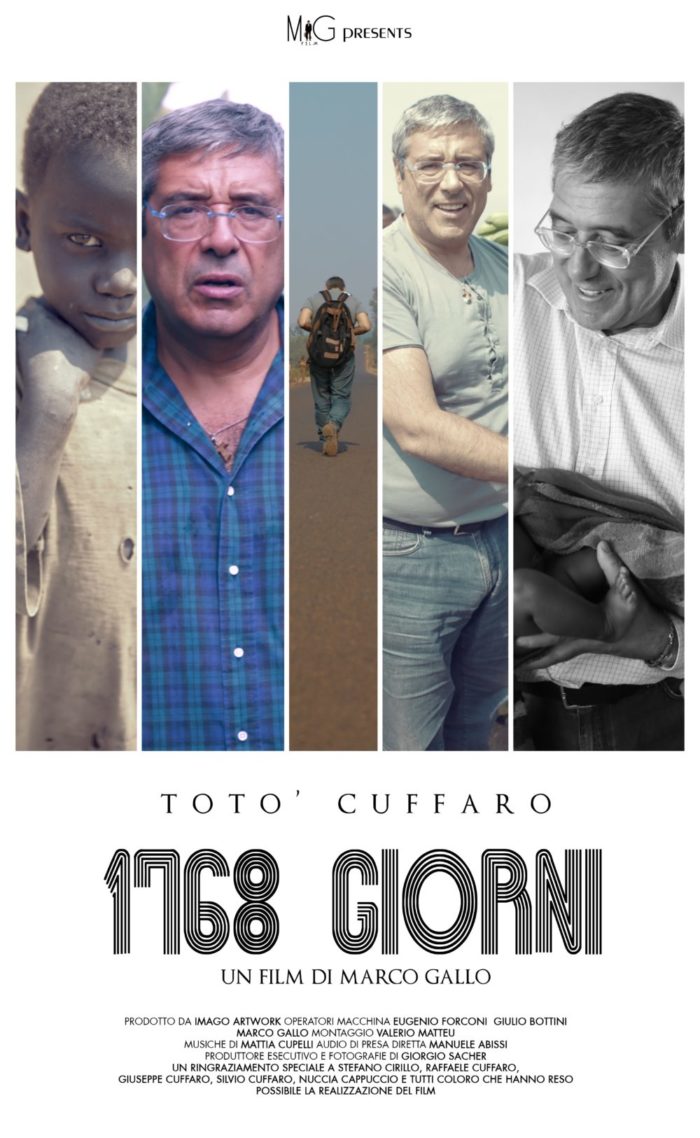
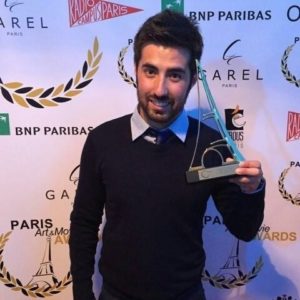 icuramente ambizioso.
icuramente ambizioso.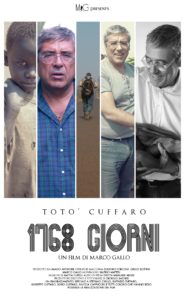
 provincia e farà parte del progetto “City of the temples“ del fondatore Cristian Moncada , un progetto turistico e culturale innovativo a mio avviso, e verrà presentato il 24-25 Febbraio al Forum del turismo al parco archeologico della Valle dei Templi.
provincia e farà parte del progetto “City of the temples“ del fondatore Cristian Moncada , un progetto turistico e culturale innovativo a mio avviso, e verrà presentato il 24-25 Febbraio al Forum del turismo al parco archeologico della Valle dei Templi. cercare di avere sempre ragione, si parte già in torto. Poi, sinceramente, penso che per me non sia ancora arrivato il momento di dare consigli. Per me questo non è un punto di arrivo ma soltanto l’inizio.
cercare di avere sempre ragione, si parte già in torto. Poi, sinceramente, penso che per me non sia ancora arrivato il momento di dare consigli. Per me questo non è un punto di arrivo ma soltanto l’inizio. 
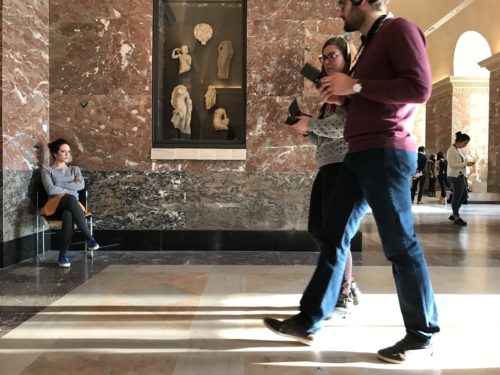
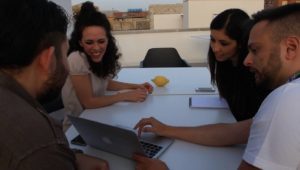
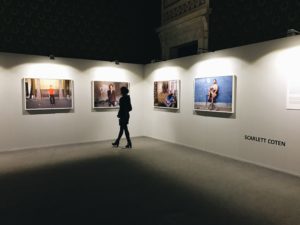
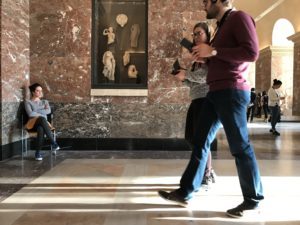 L’unico consiglio che mi sento di dare è…viaggiate! Consiglio caldamente per chi ne ha la possibilità di girare il mondo in lungo ed in largo. Così saranno in grado di conoscere molta gente, di stringere relazioni con diverse figure professionali. Consiglio loro di parlare a lungo con tutti, di ascoltare i consigli, anche quelli più banali. Guarderanno invece di vedere, ascolteranno invece di sentire. Consiglio loro di bruciare le tappe e di correre, di sbagliare frequentemente, di studiare svariate cose anche fuori dal settore d’interesse. La vita è un continuo pedalare, si deve andare spediti verso il tutto e poi raccogliere.
L’unico consiglio che mi sento di dare è…viaggiate! Consiglio caldamente per chi ne ha la possibilità di girare il mondo in lungo ed in largo. Così saranno in grado di conoscere molta gente, di stringere relazioni con diverse figure professionali. Consiglio loro di parlare a lungo con tutti, di ascoltare i consigli, anche quelli più banali. Guarderanno invece di vedere, ascolteranno invece di sentire. Consiglio loro di bruciare le tappe e di correre, di sbagliare frequentemente, di studiare svariate cose anche fuori dal settore d’interesse. La vita è un continuo pedalare, si deve andare spediti verso il tutto e poi raccogliere.
 Il primo grande evento di rievocazione storica in Sicilia si terrà presso la Valle dei Templi di Agrigento il 6 e 7 maggio 2017. Tutti coloro che prenderanno parte all’iniziativa potranno rivivere l’atmosfera che si respirava ad Akragas nel III sec. a.C. quando la città era contesa tra i Romani
Il primo grande evento di rievocazione storica in Sicilia si terrà presso la Valle dei Templi di Agrigento il 6 e 7 maggio 2017. Tutti coloro che prenderanno parte all’iniziativa potranno rivivere l’atmosfera che si respirava ad Akragas nel III sec. a.C. quando la città era contesa tra i Romani 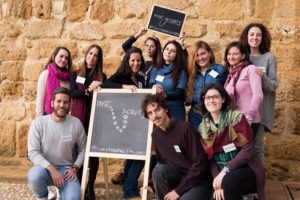 avuto sempre riscontri positivi e piena disponibilità da parte dell’Ente ospitante che è il nostro main partner e ci ha aperto le porte e fornito tutto il sostegno di cui abbiamo bisogno. Poi abbiamo creato una rete di professionisti che, ciascuno per il suo settore di competenza, collaborano con grande entusiasmo e si sono lasciati coinvolgere a 360 gradi anche su altri aspetti non strettamente tecnici. Direi che finora tutto è filato liscio anche se ancora la strada è tutta in salita.
avuto sempre riscontri positivi e piena disponibilità da parte dell’Ente ospitante che è il nostro main partner e ci ha aperto le porte e fornito tutto il sostegno di cui abbiamo bisogno. Poi abbiamo creato una rete di professionisti che, ciascuno per il suo settore di competenza, collaborano con grande entusiasmo e si sono lasciati coinvolgere a 360 gradi anche su altri aspetti non strettamente tecnici. Direi che finora tutto è filato liscio anche se ancora la strada è tutta in salita.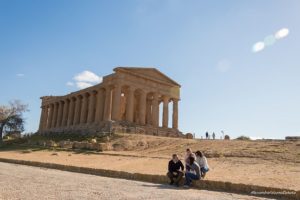
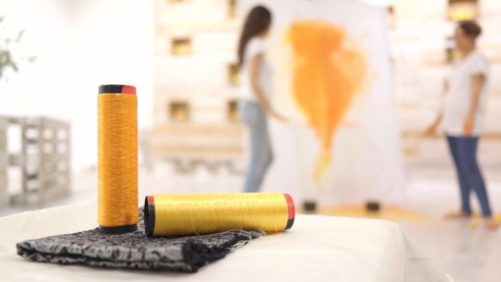
 Ebbene sì, è proprio Orange Fiber il primo tessuto sostenibile creato utilizzando i sottoprodotti dell’industria agrumicola. Un progetto made in sud, nato quasi per caso grazie ad una foto apparsa sui social network che ritraeva un campo di agrumi abbandonato che spinge una giovane siciliana, appassionata tanto del mondo della moda e dei tessuti sostenibili quanto innamorata della sua Terra, ad avere questa entusiasmante idea “green”.
Ebbene sì, è proprio Orange Fiber il primo tessuto sostenibile creato utilizzando i sottoprodotti dell’industria agrumicola. Un progetto made in sud, nato quasi per caso grazie ad una foto apparsa sui social network che ritraeva un campo di agrumi abbandonato che spinge una giovane siciliana, appassionata tanto del mondo della moda e dei tessuti sostenibili quanto innamorata della sua Terra, ad avere questa entusiasmante idea “green”. utturati ai più delicati, in modo da soddisfare tutte le esigenze di creazione dei brand di moda.
utturati ai più delicati, in modo da soddisfare tutte le esigenze di creazione dei brand di moda.
 ioni future.
ioni future.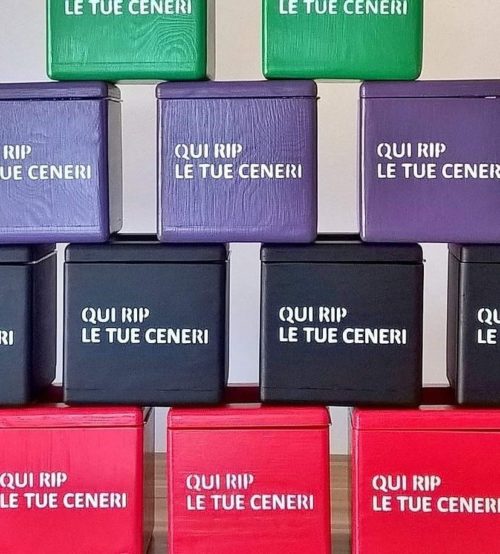
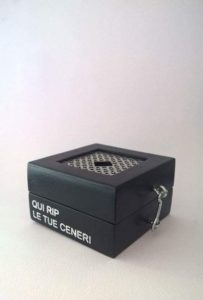 vizio: gomme da masticare, sigarette elettroniche, varie terapie mediche, etc…ma chi di voi ha mai pensato di poter smettere grazie ad un’urna posacenere?
vizio: gomme da masticare, sigarette elettroniche, varie terapie mediche, etc…ma chi di voi ha mai pensato di poter smettere grazie ad un’urna posacenere?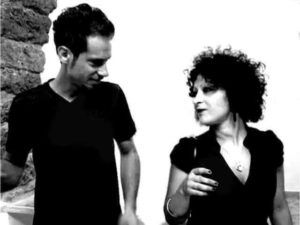 na contro il fumo, da istallare nei sette cortili di Farm Cultural Park. Ho avuto la possibilità di lavorare con persone che mi hanno lasciato libera di creare senza restrizioni. Nel giro di un giorno il progetto fu pronto e accettato !
na contro il fumo, da istallare nei sette cortili di Farm Cultural Park. Ho avuto la possibilità di lavorare con persone che mi hanno lasciato libera di creare senza restrizioni. Nel giro di un giorno il progetto fu pronto e accettato !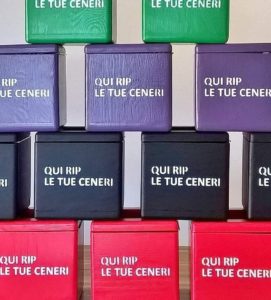
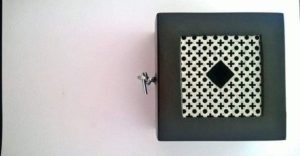 . Cosa pensi di progetti socioculturali come il nostro?
. Cosa pensi di progetti socioculturali come il nostro?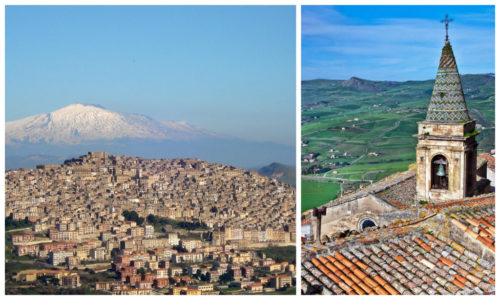
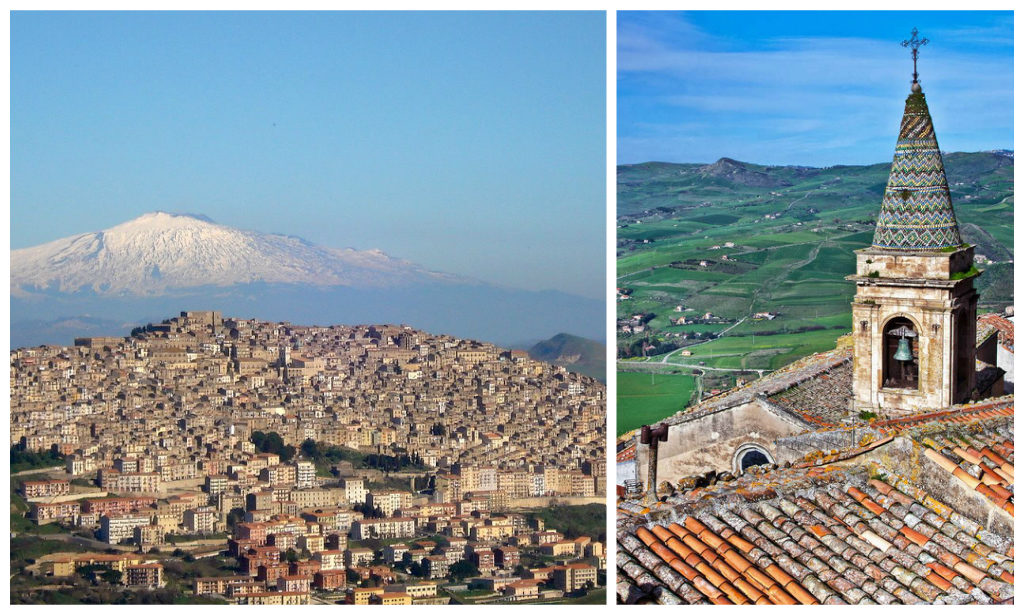
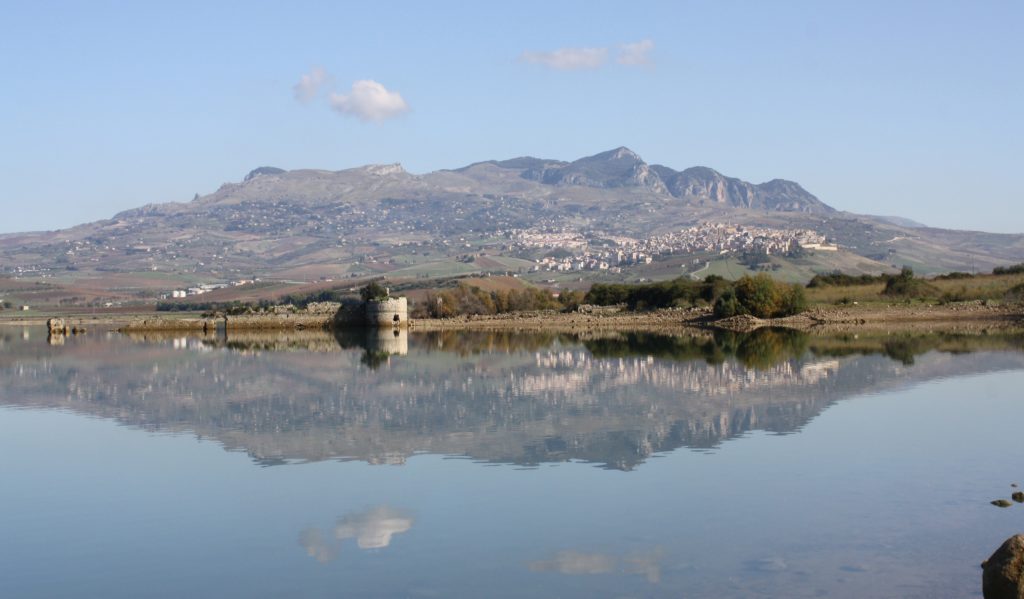
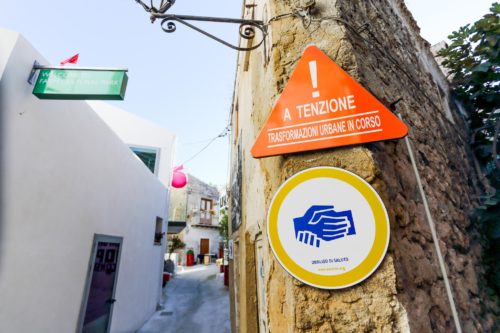
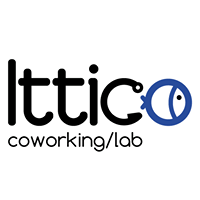
 b è un coworking/laboratorio pubblico, inaugurato il 26 settembre 2016 negli uffici del mercato in via Crispi a Palermo, che, in collaborazione con l’Assessorato alle Attività Produttive del Comune di Palermo, s’impegna per la valorizzazione del complesso funzionale del Mercato Ittico.
b è un coworking/laboratorio pubblico, inaugurato il 26 settembre 2016 negli uffici del mercato in via Crispi a Palermo, che, in collaborazione con l’Assessorato alle Attività Produttive del Comune di Palermo, s’impegna per la valorizzazione del complesso funzionale del Mercato Ittico.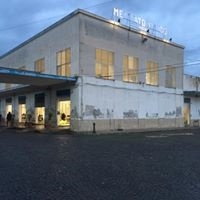
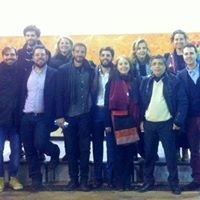 Come vedi il progetto in tre anni?
Come vedi il progetto in tre anni?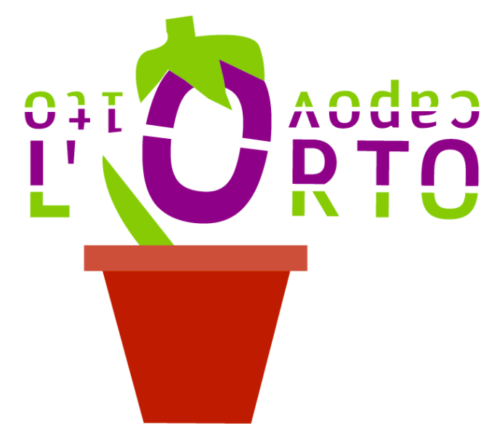
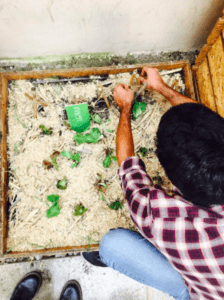 Questa voglia di colori evidentemente qualcuno la sente e ha deciso di creare una tavolozza cromatica che sia bella, ma soprattuto buona, come ad esempio i ragazzi di Orto Capovolto.
Questa voglia di colori evidentemente qualcuno la sente e ha deciso di creare una tavolozza cromatica che sia bella, ma soprattuto buona, come ad esempio i ragazzi di Orto Capovolto.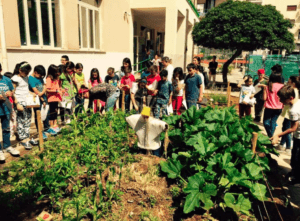
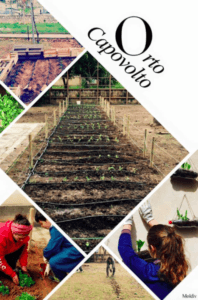 influendo, secondo voi, il vostro lavoro nel territorio e tra la gente?
influendo, secondo voi, il vostro lavoro nel territorio e tra la gente?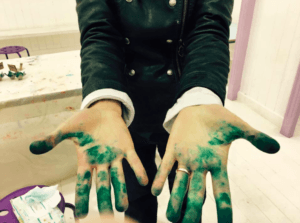 Come vi vedete tra dieci anni?
Come vi vedete tra dieci anni?
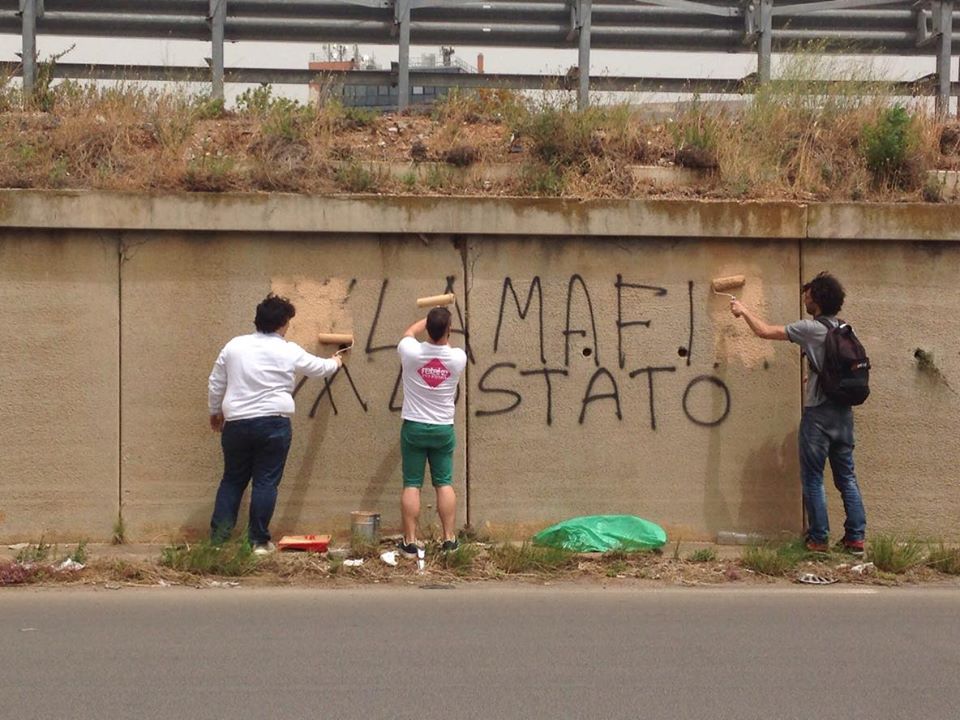
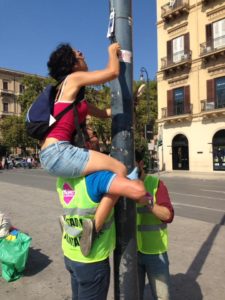 chiederanno “Retake… cosa???”. In realtà si tratta di una di quelle iniziative che “più utili non si può”. Da qualche tempo, infatti, giovani volenterosi, generosi e contrari alle chiacchiere da bar hanno iniziato un’attività di pulizia urbana.
chiederanno “Retake… cosa???”. In realtà si tratta di una di quelle iniziative che “più utili non si può”. Da qualche tempo, infatti, giovani volenterosi, generosi e contrari alle chiacchiere da bar hanno iniziato un’attività di pulizia urbana.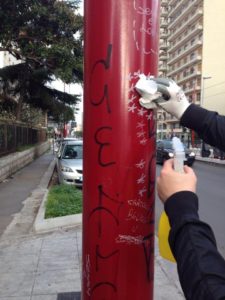 i farne almeno qualcuna a Marco D’Amico, Presidente dell’Associazione Retake Palermo.
i farne almeno qualcuna a Marco D’Amico, Presidente dell’Associazione Retake Palermo.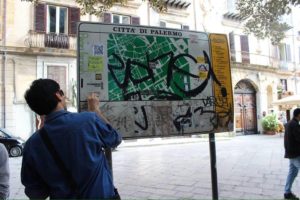 mo stati contattati da tanti cittadini che come noi hanno a cuore il decoro della propria città.”
mo stati contattati da tanti cittadini che come noi hanno a cuore il decoro della propria città.”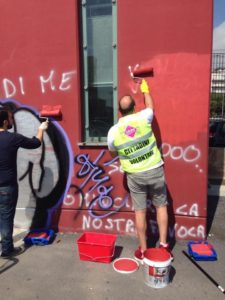 “Qualche settimana addietro, tra una scritta e un’altra, ci hanno lasciato anche un messaggio preciso “Retake accura” (Retake stai attenta). Ma il tutto ha ottenuto il risultato opposto rispetto a quello che i vandali si erano prefissati, infatti il week end successivo eravamo molti di più per le strade a ripulire quelle scritte e la solidarietà da parte degli abitanti del quartiere
“Qualche settimana addietro, tra una scritta e un’altra, ci hanno lasciato anche un messaggio preciso “Retake accura” (Retake stai attenta). Ma il tutto ha ottenuto il risultato opposto rispetto a quello che i vandali si erano prefissati, infatti il week end successivo eravamo molti di più per le strade a ripulire quelle scritte e la solidarietà da parte degli abitanti del quartiere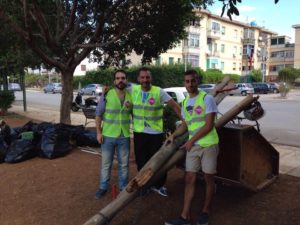 ato è stata pervasa.”
ato è stata pervasa.”